Since more than 20 years ago, when I had not yet been to Thessaloniki, I heard stories about unbearable crowds in that city. "But that will be solved too, the metro will be built...", people said at the time.

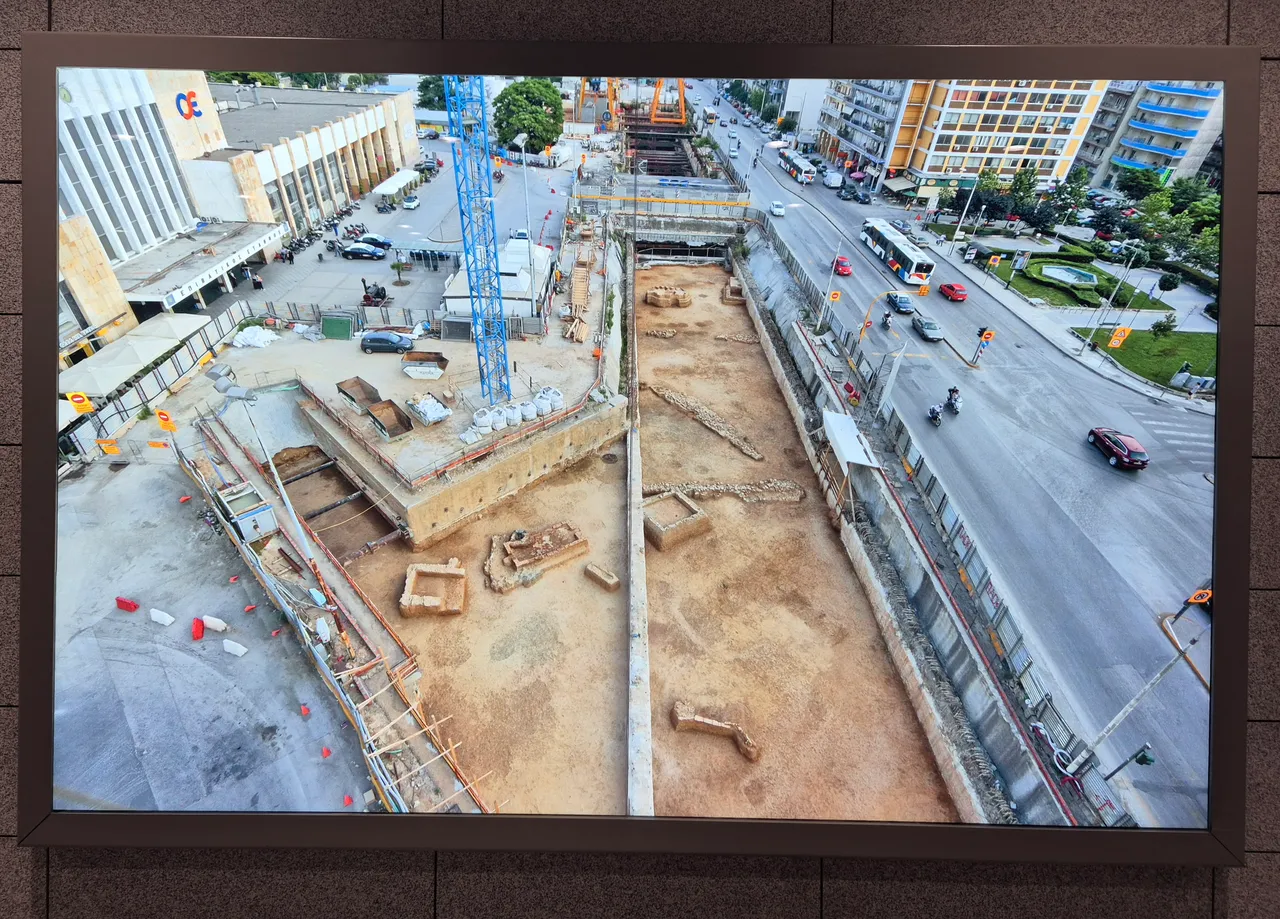
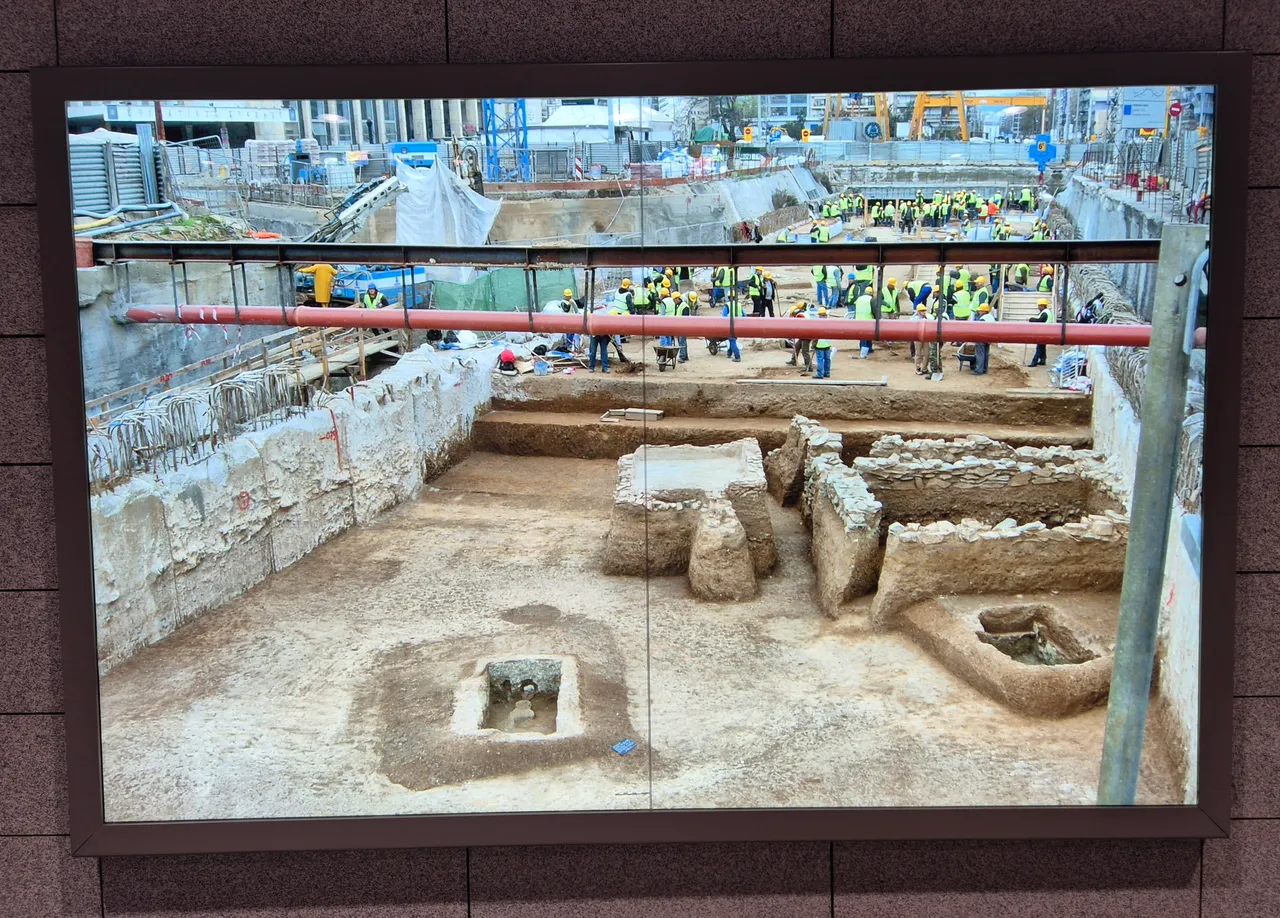

That's how it was, the construction of the metro started in 2006, and I first felt the Thessaloniki crowd a few years later, in 2010, while I was stuck in the traffic of the main transit street of Thessaloniki, and spent two hours. And so it was every next time, years later.
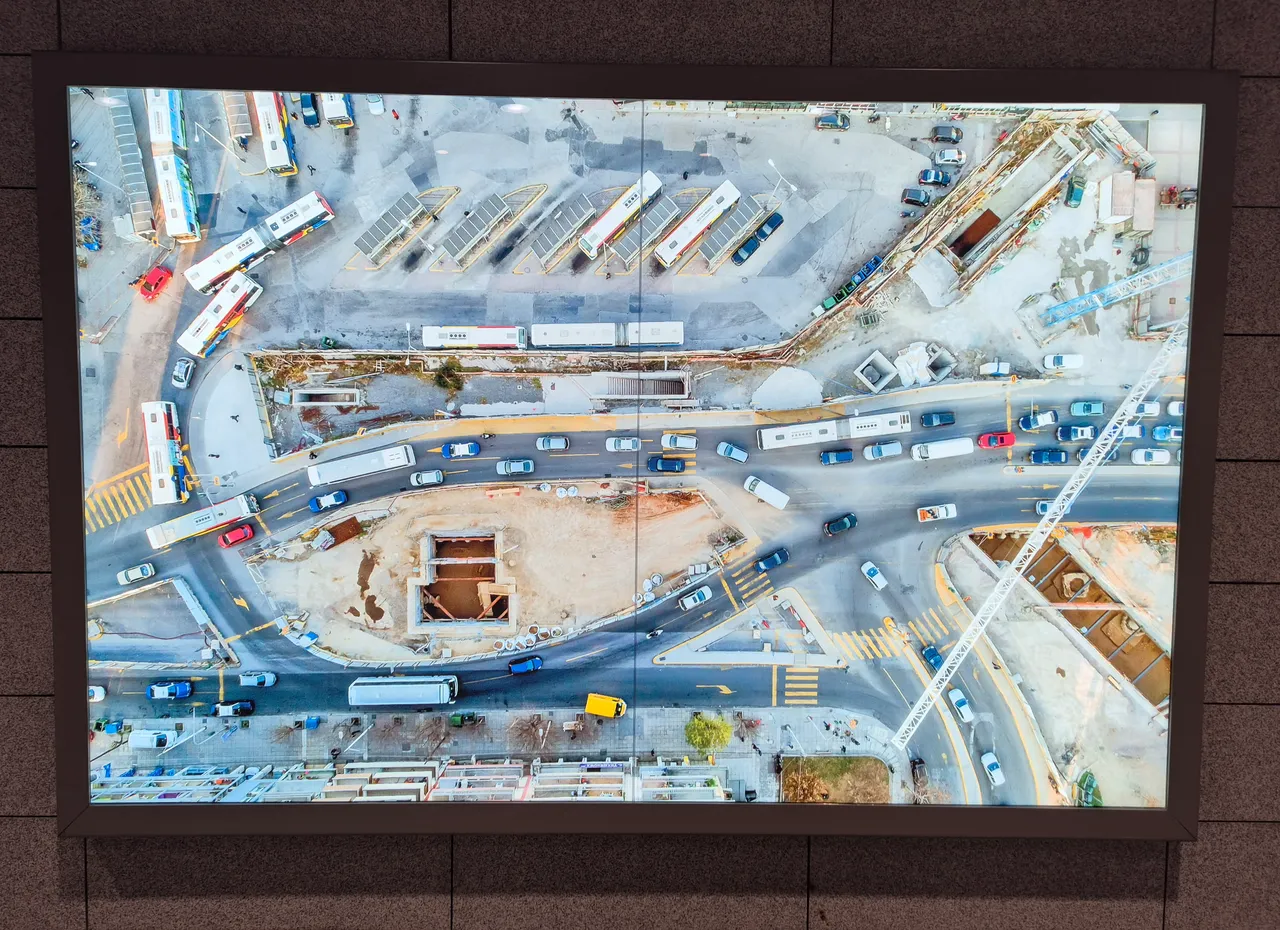
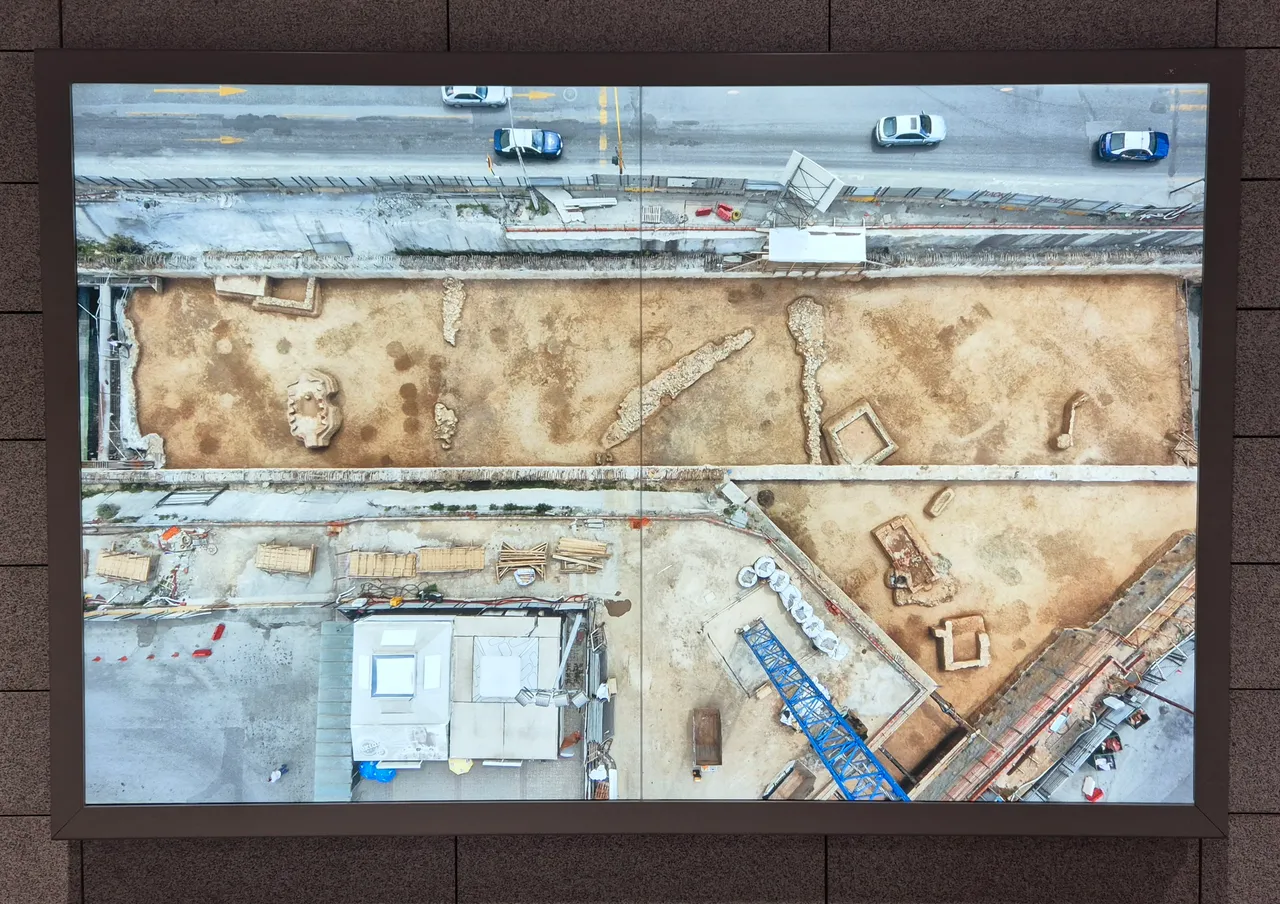
The reason for the slow construction of the subway was the archaeological sites under the city, which the builders came across, which is not at all surprising, given the history of Thessaloniki and the fact that it was founded in 316 BC.
Last year, the protective fences in Egnatia Street were removed, the streets were asphalted and they were free of obstacles again, but still with a noticeable crowd, the metro was not yet put into operation.
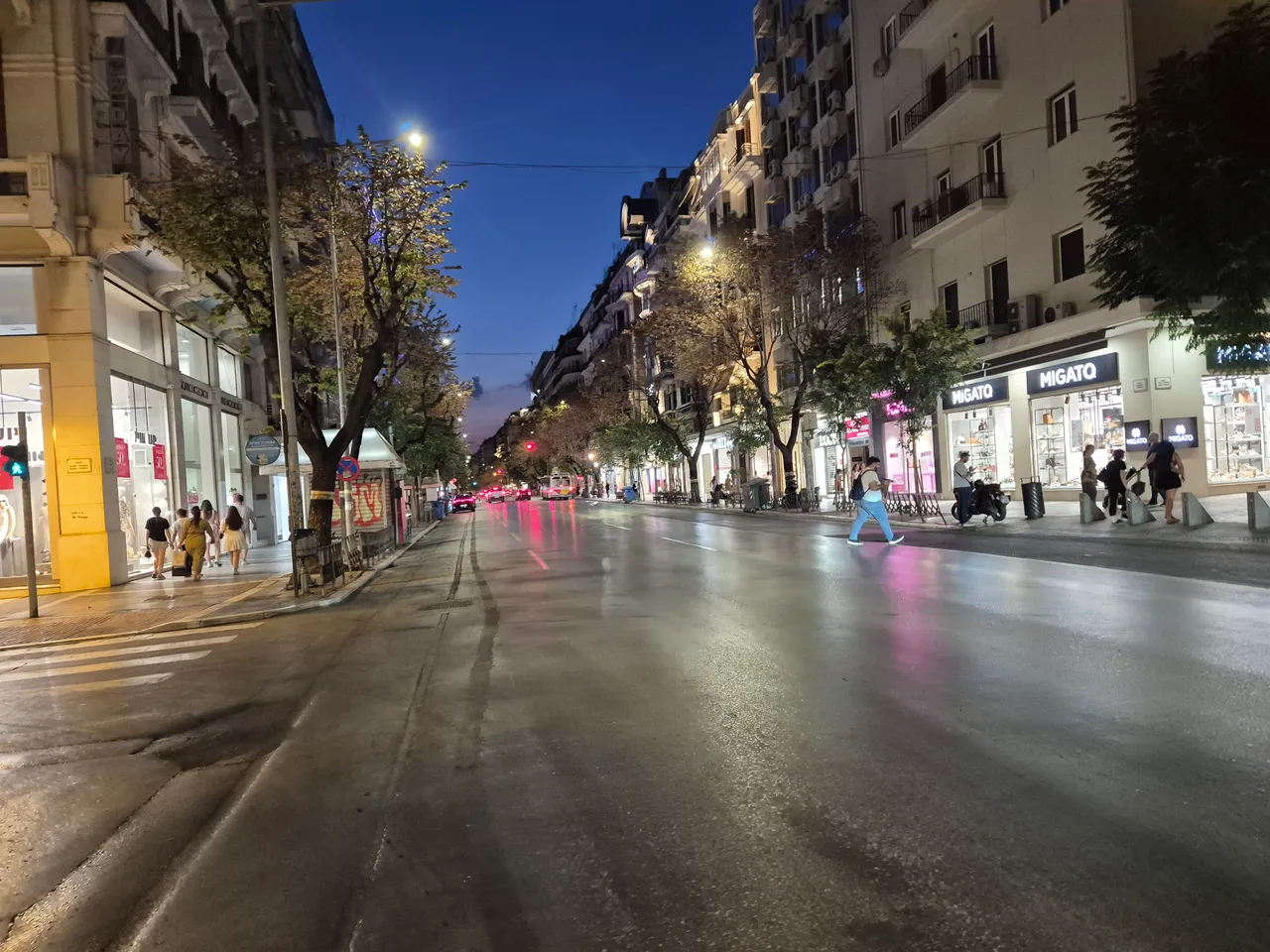
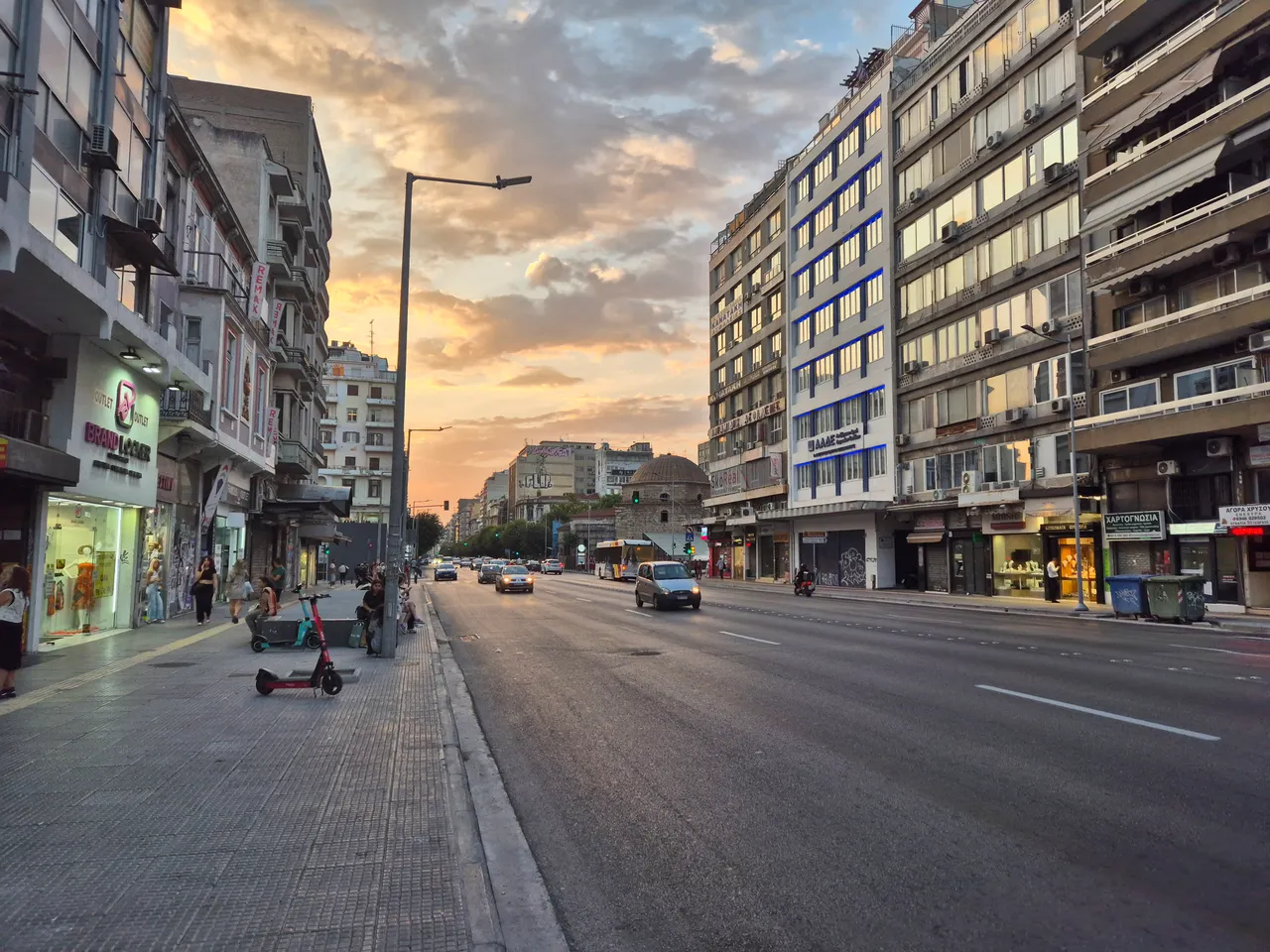
This summer, the subway worked (it was put into service in November 2024). The hotel where we stayed was located a few minutes easy walk from the starting metro station, at the main new railway station.

The entrances to the metro station are located on several sides. Escalators, neat and clean corridors of the station, without crowds, which is simply incredible for Thessaloniki, I liked them at first sight.
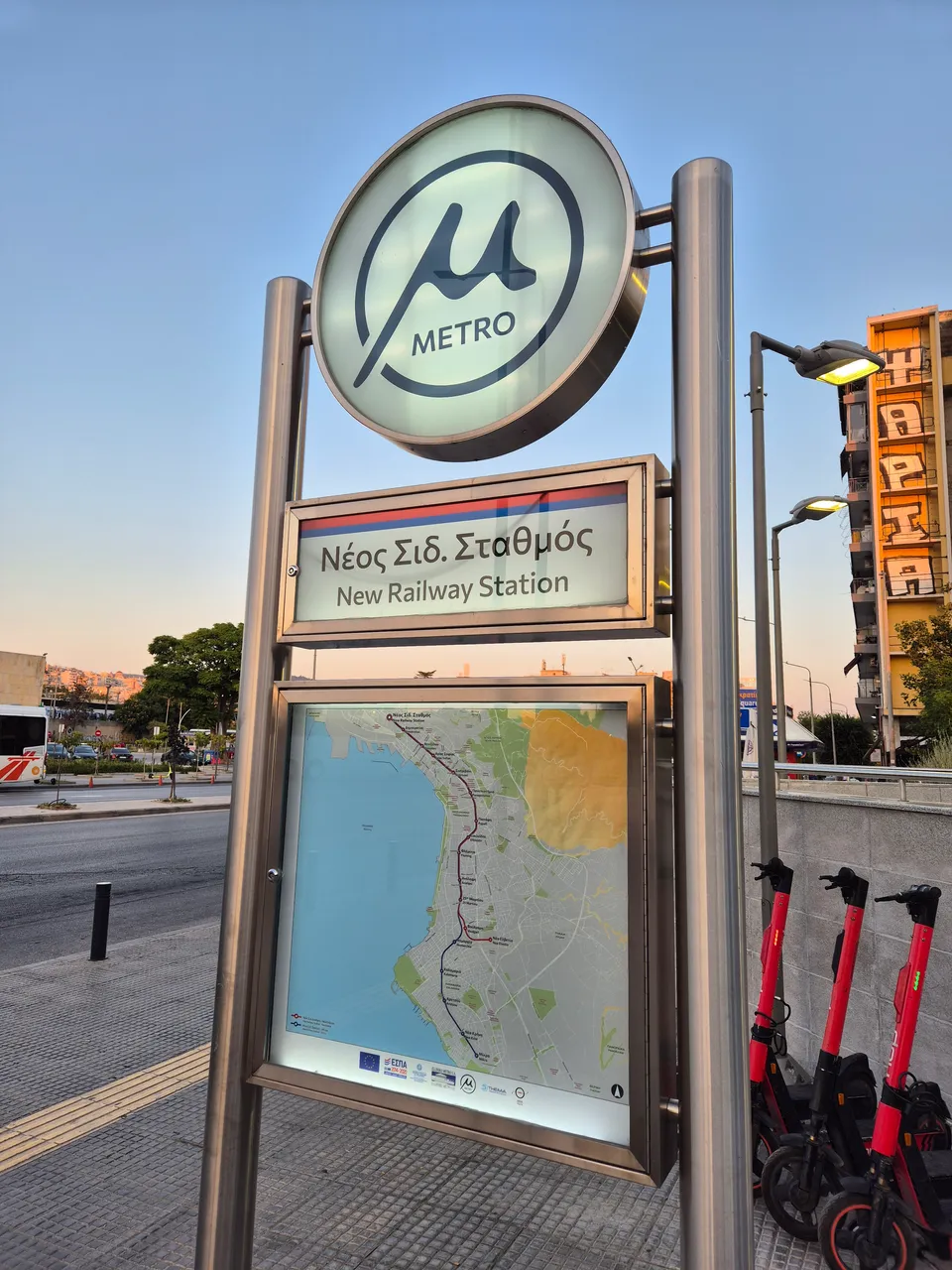

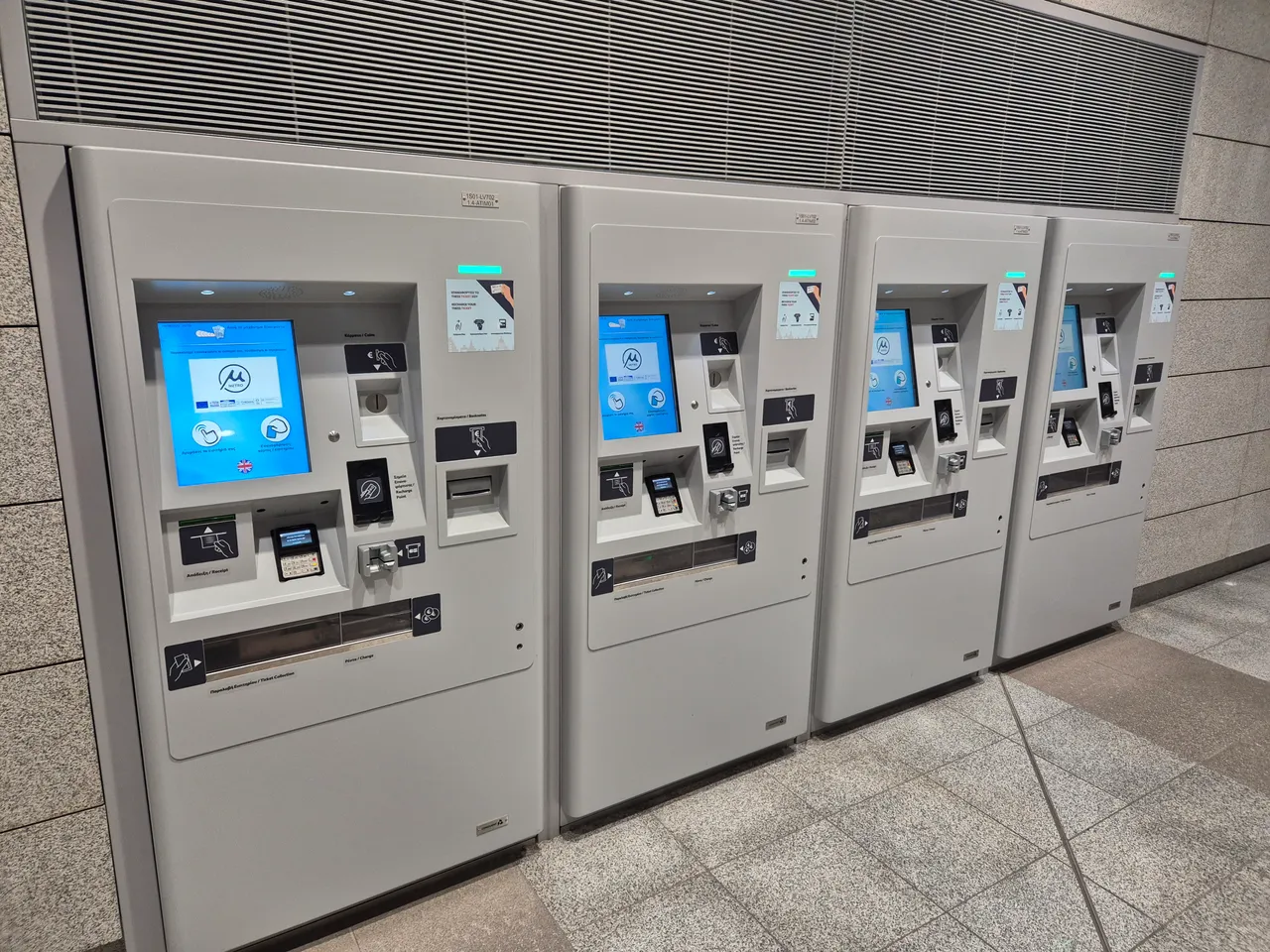
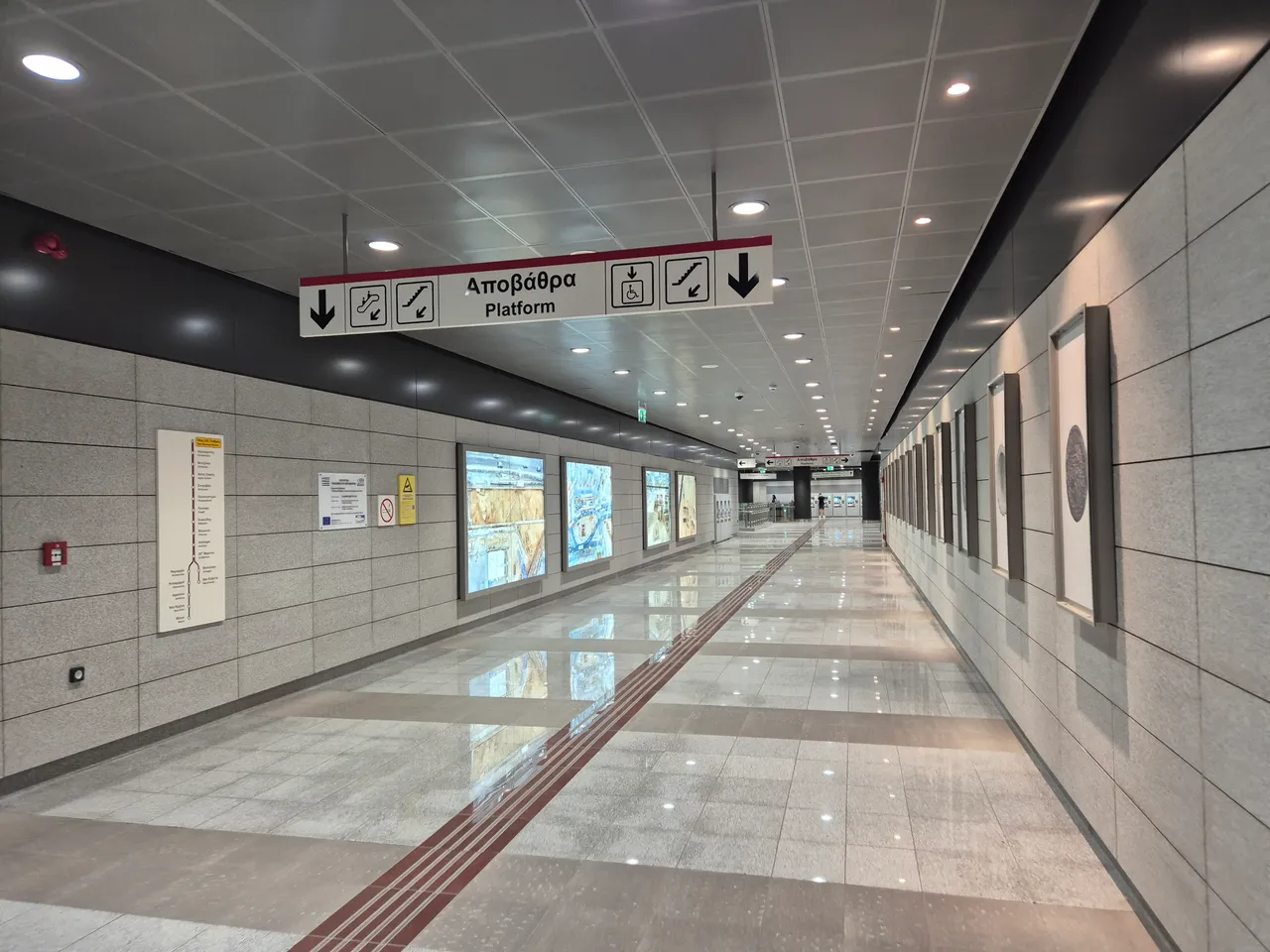



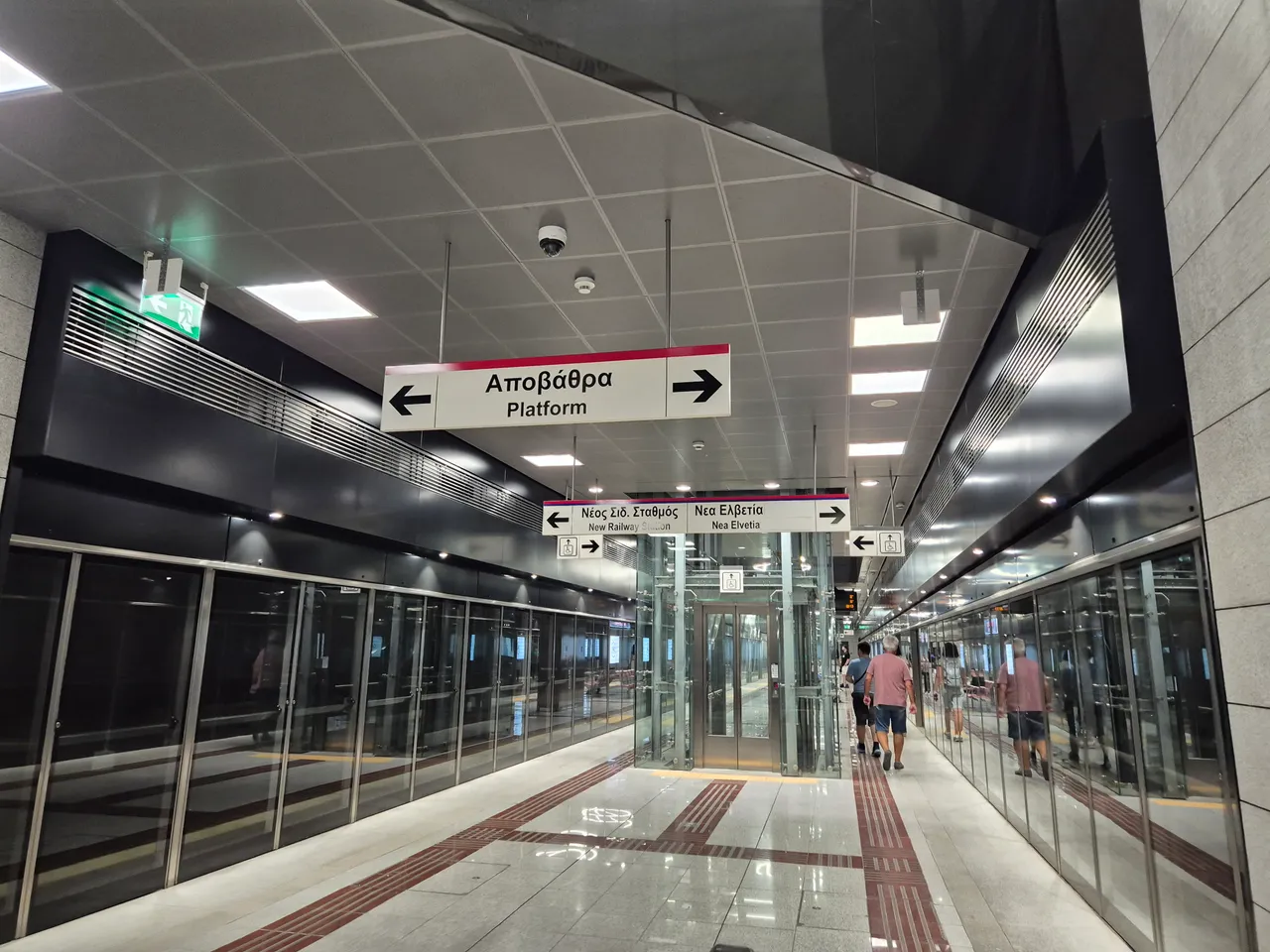
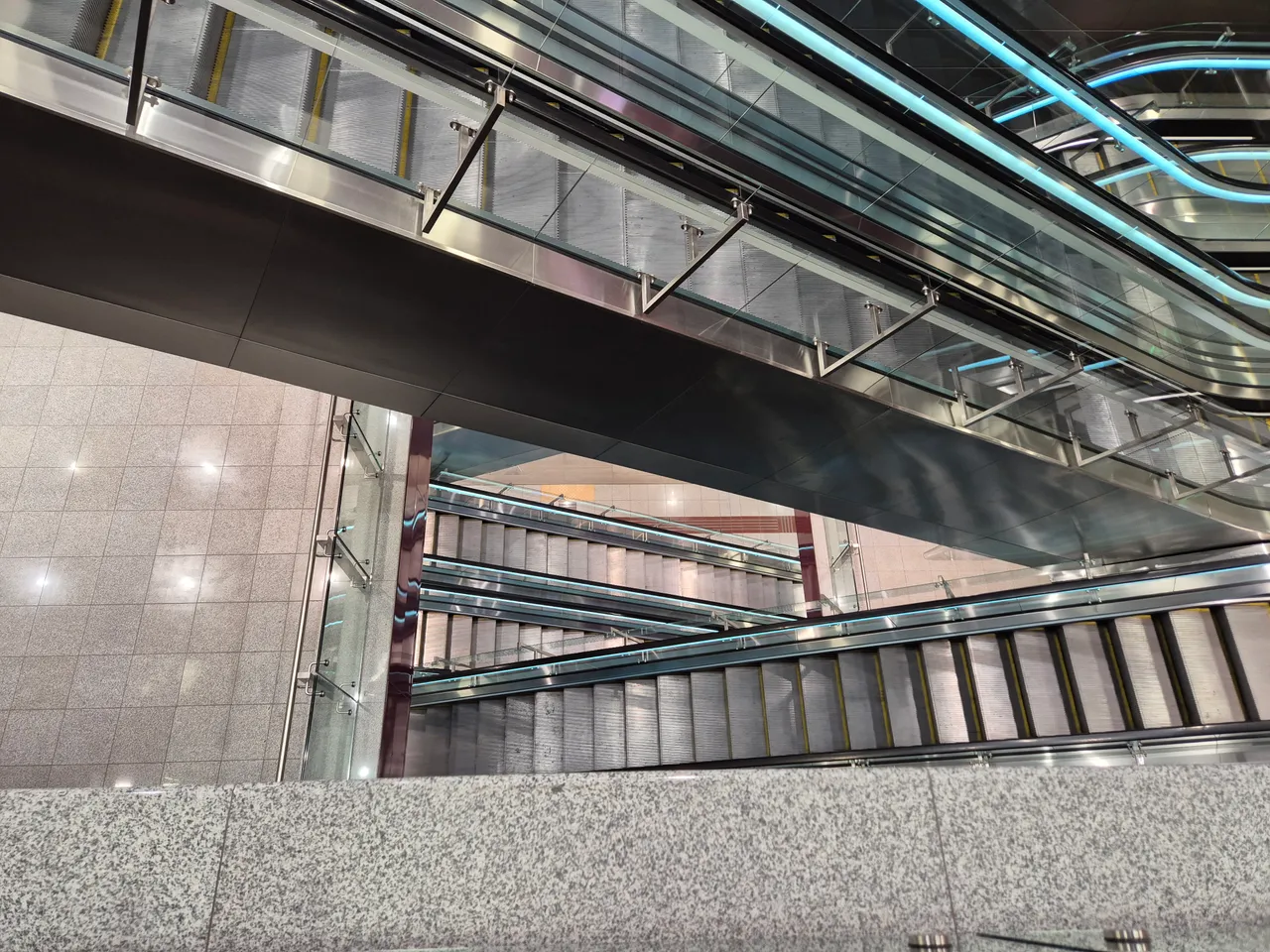
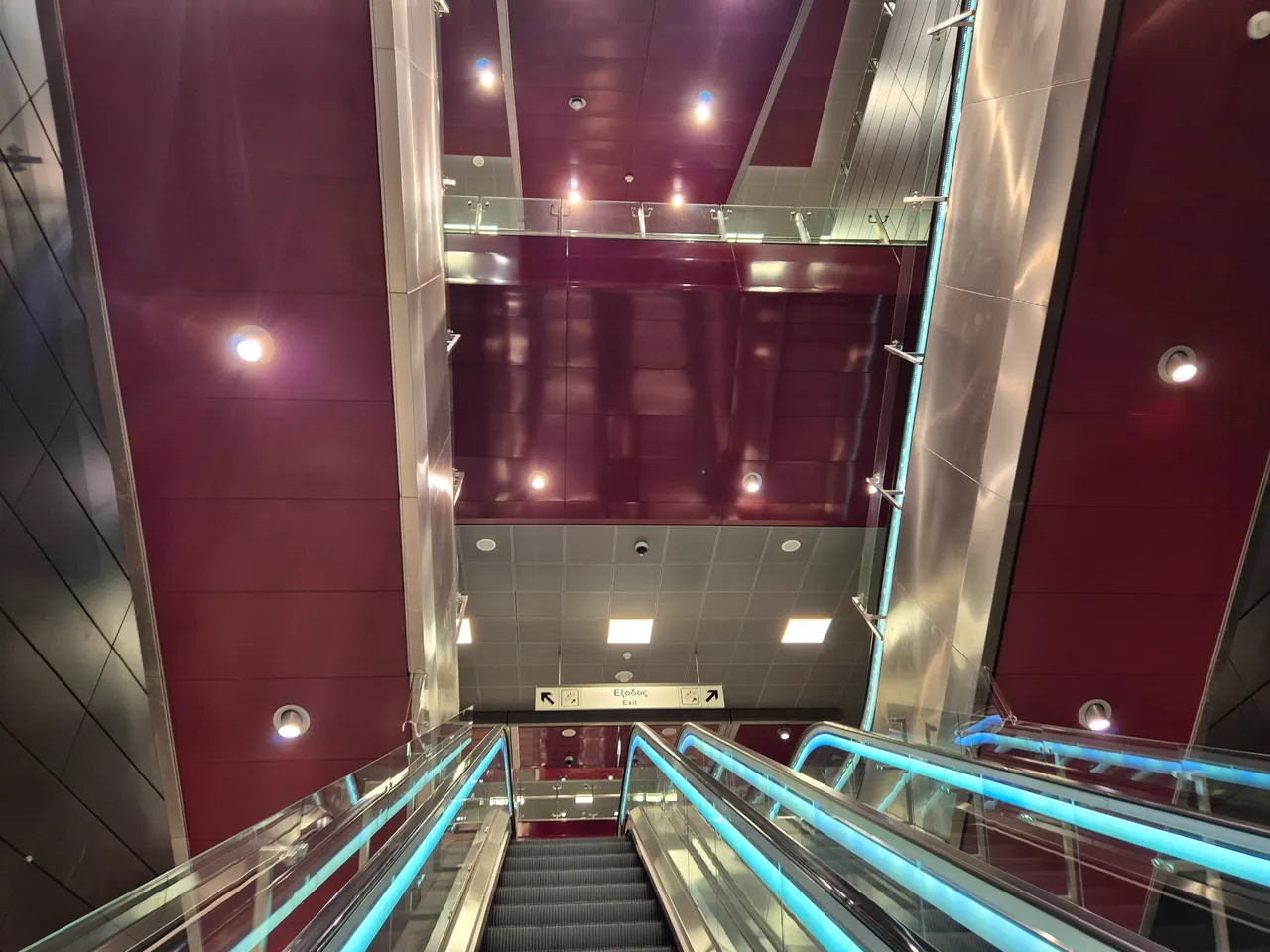
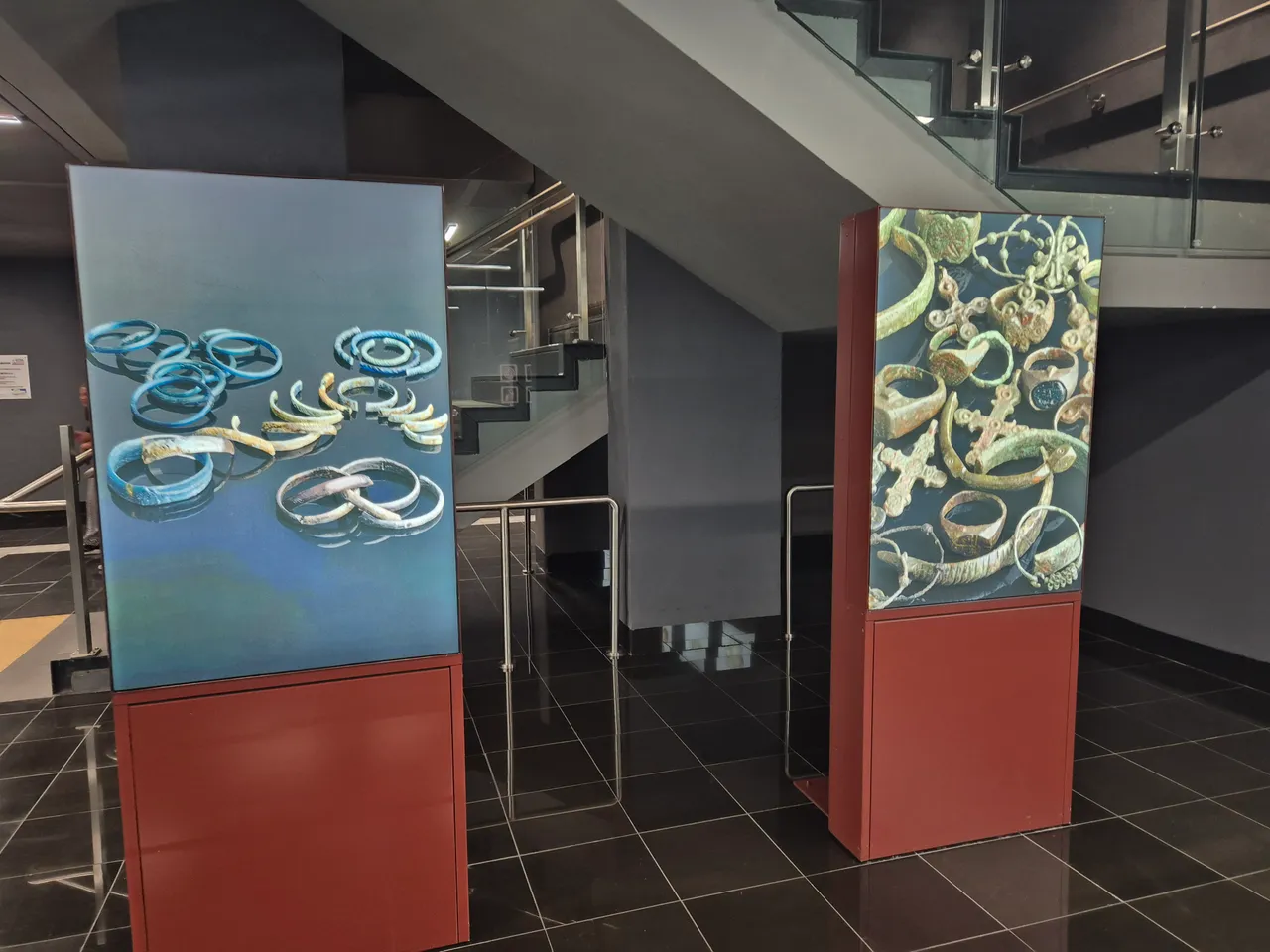
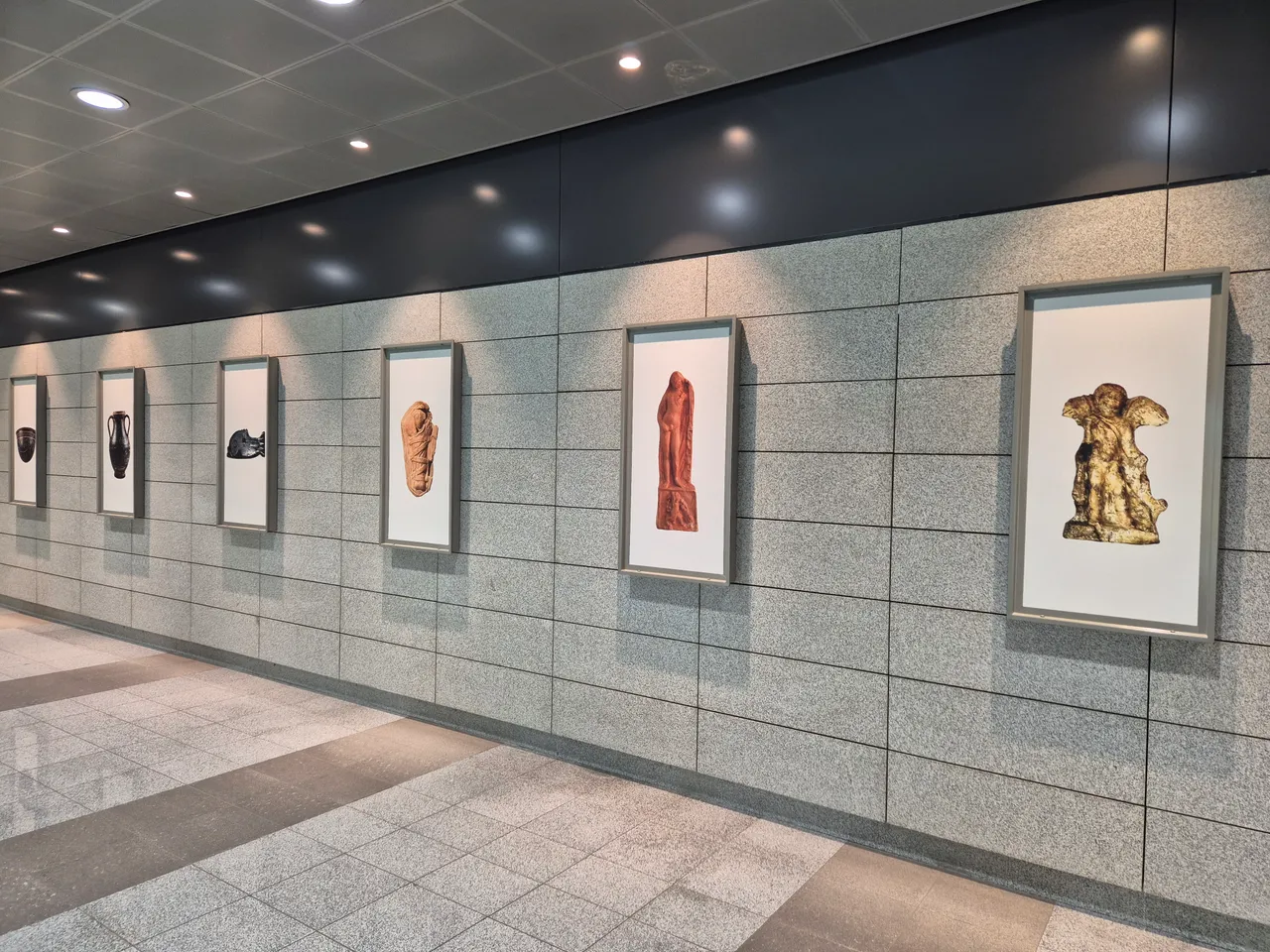
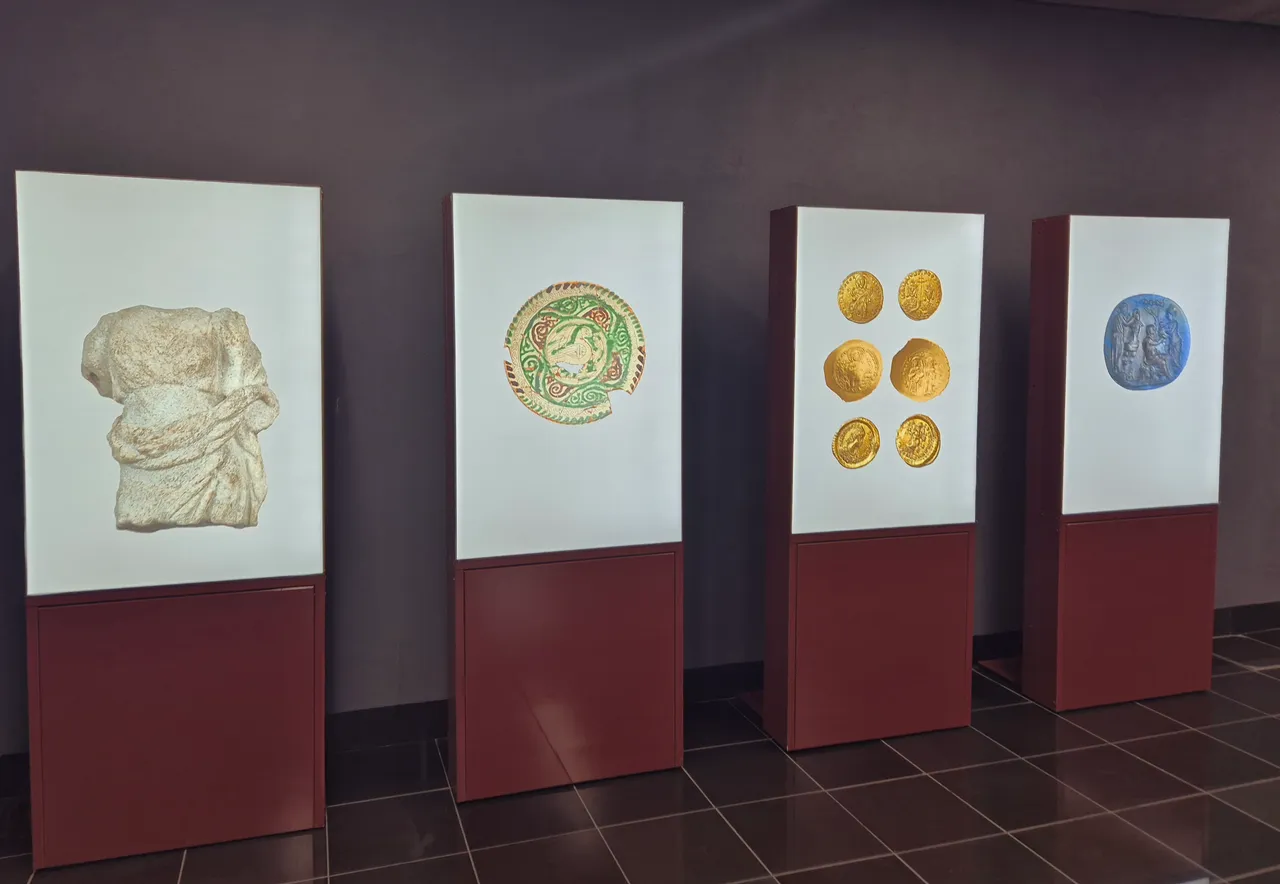

Modern devices for buying tickets in several world languages, the possibility of paying by card. Getting to the platform by escalators in two directions, or by elevator for the disabled or parents with small children, benches for rest, automatic clocks with an announcement of the next arrival of the composition, protective glass on the platforms, where the area with the rails is completely separated from passengers, is all that makes traveling by modern subway much easier, more comfortable and safer.
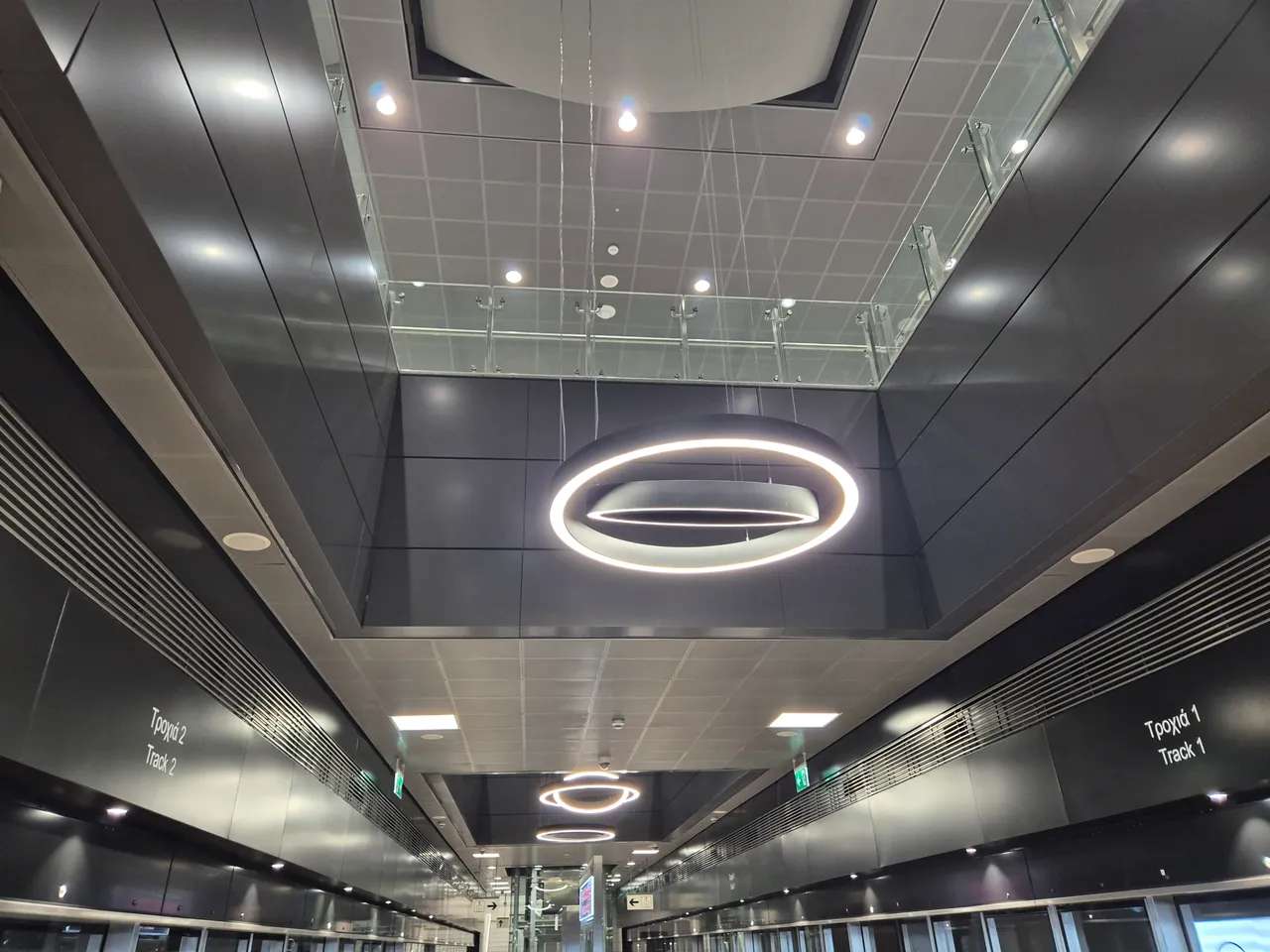
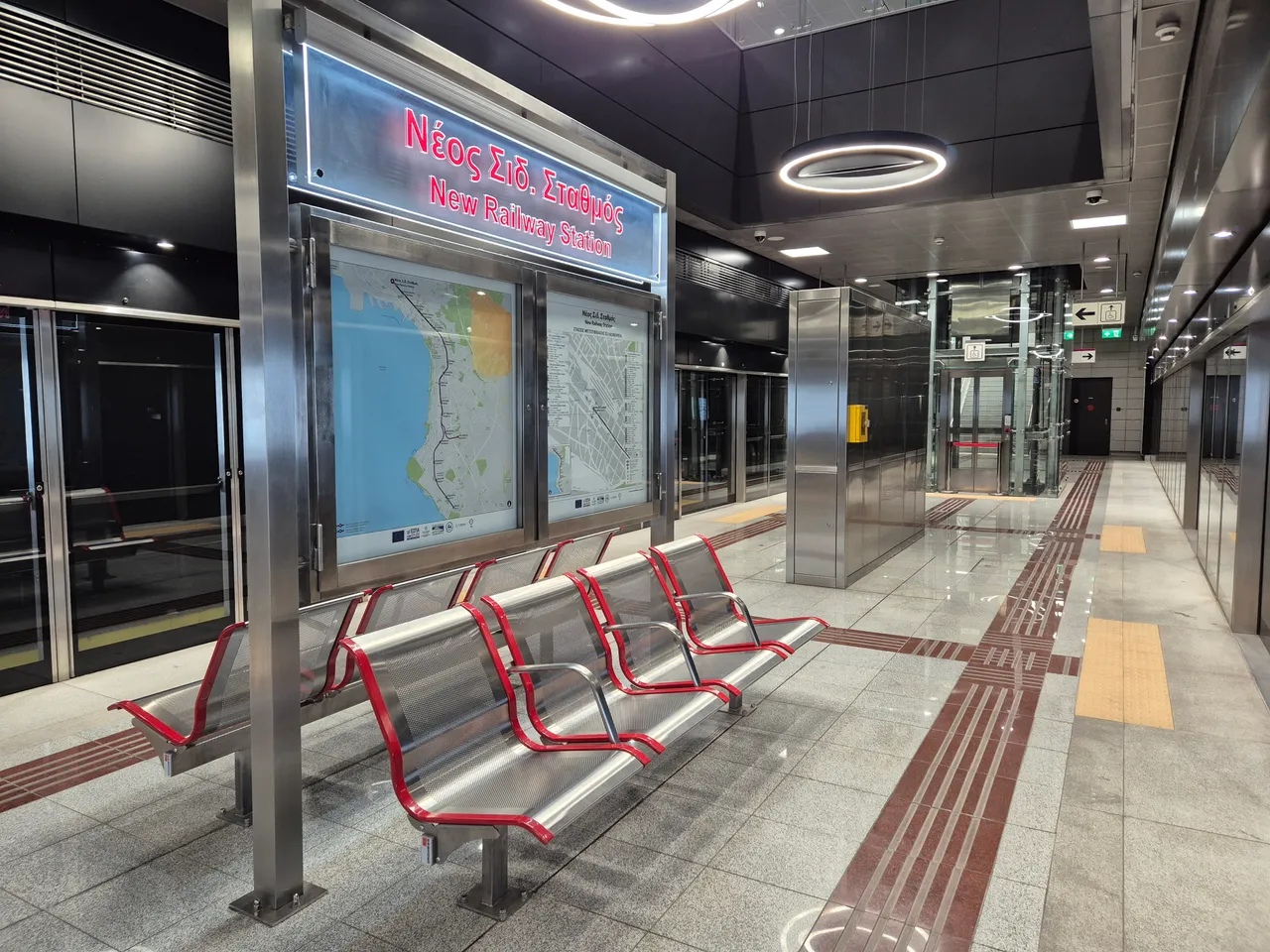
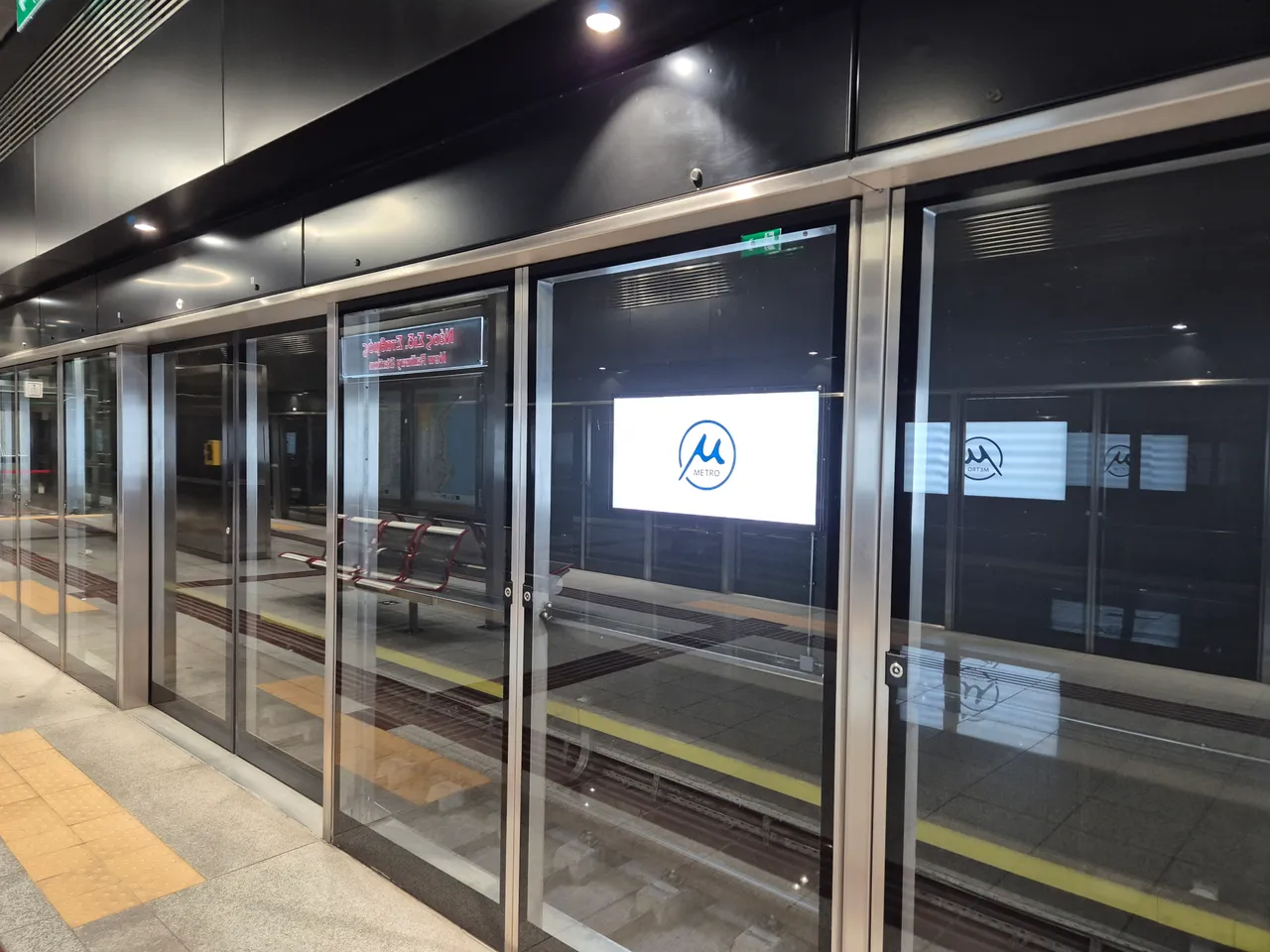
And the journey through Thessaloniki - fast.
I had no need to drive to the very end of this, for now, only metro line(red one) . 
They say that the plan is to build another line, but from the perspective of the duration of the construction of the existing one, it seems like a distant future.
And like the distant future, to me, who was watching TV in black and white and listening to the Walkman, the train also seemed like it when I entered it.
I rode the metro in Vienna, Budapest, Moscow, Prague, Madrid, Barcelona, Valencia, Rome, Milan... But nowhere have I had the opportunity to see a fully automated line, without a "driver". In this subway, the driver's gaze fell on me.
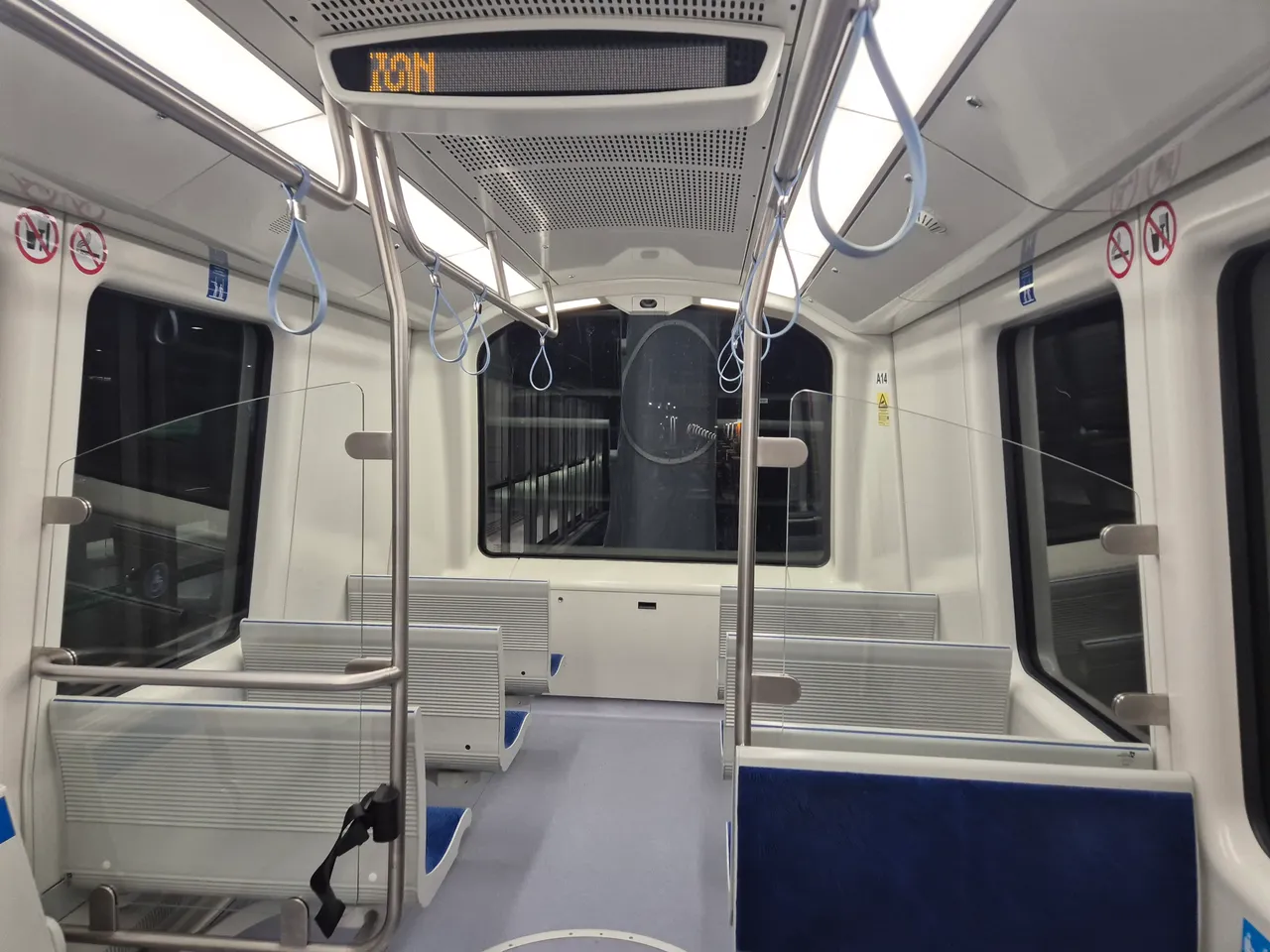

And this video, that is, the first part of it, which I made while watching the train fly through the tunnel, I will use to actually tell the story I wanted.
https://youtu.be/4MMBFuNpTmk?si=j04t4NVcU8lra-oY
Well, you didn't think I'd be introducing just one subway ride to the #worldmappin community, did you?
Although, some native Thessalonikians would probably agree that their long-awaited metro deserves a pin on Worpdmappin's map 🙂
Thessaloniki was founded in 316 BC. It was founded by King Cassander and named after his wife Thessalonica, the half-sister of Alexander the Great.
Since those days, Thessaloniki has had an interesting and tumultuous history, it has grown and developed, and the most striking proof of this is the "timeline" they displayed at the entrance to the Agia Sofia metro station, where the "depth" of the city where the remains were found, from its origin to today, is shown.

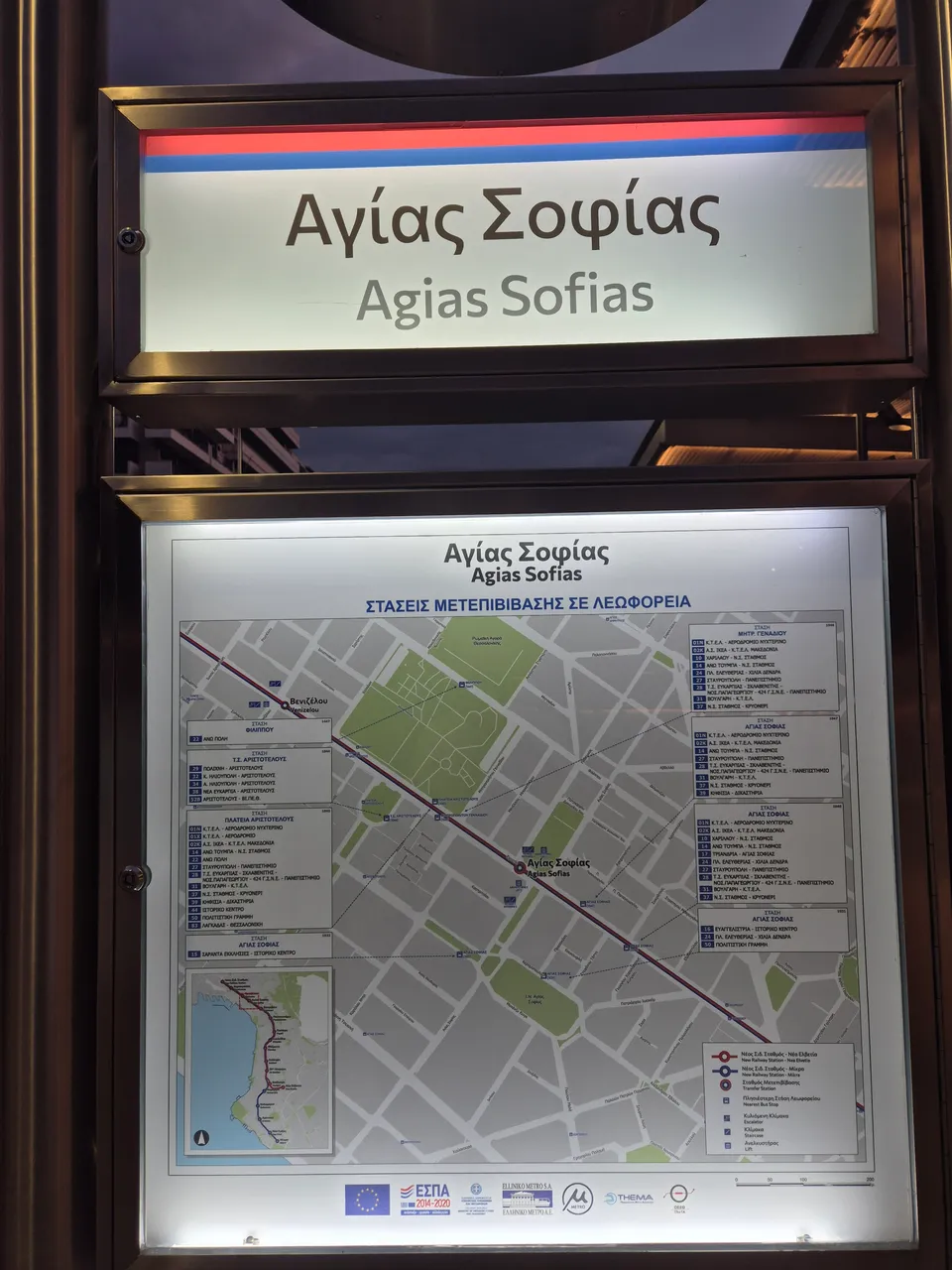
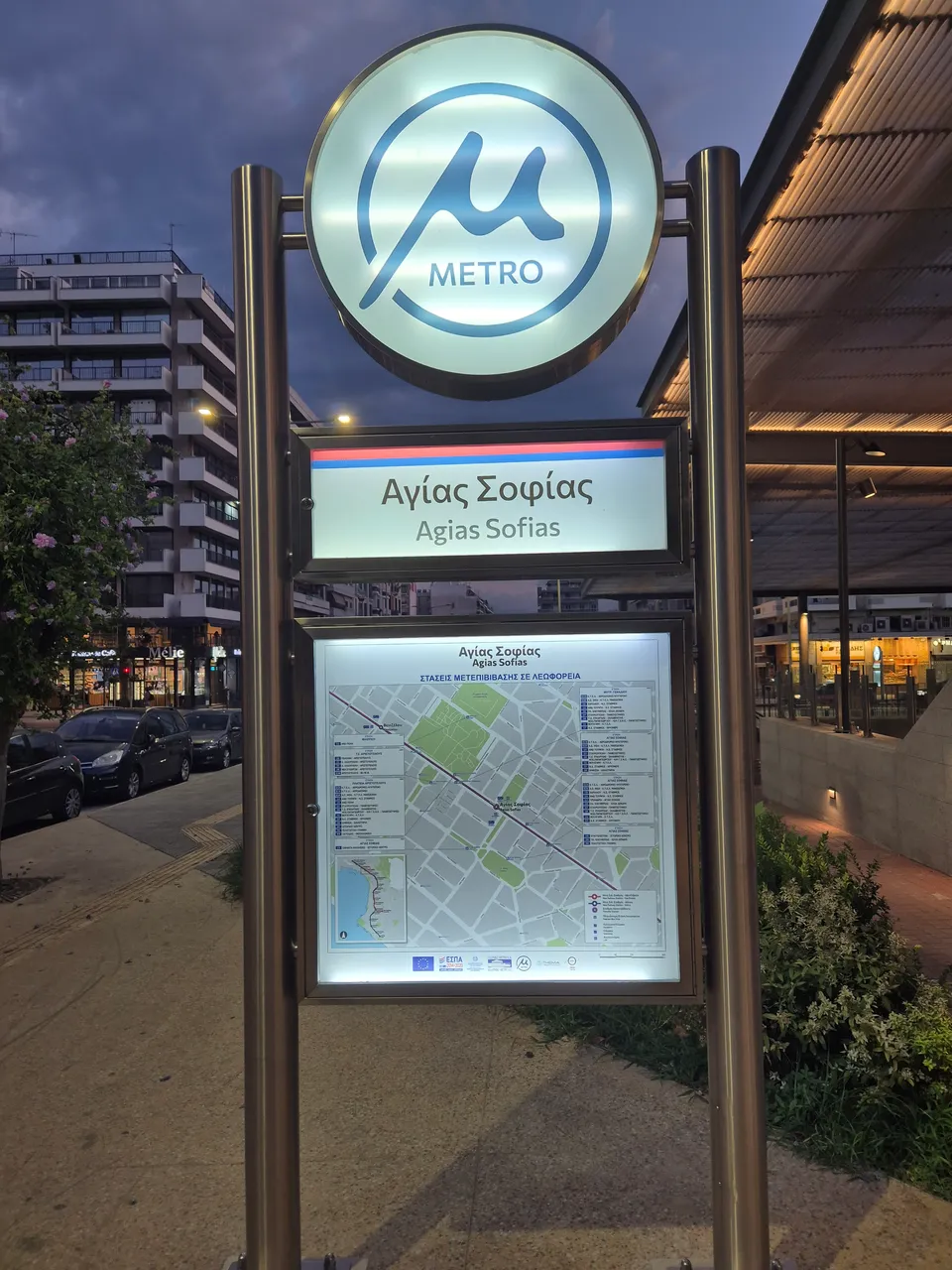


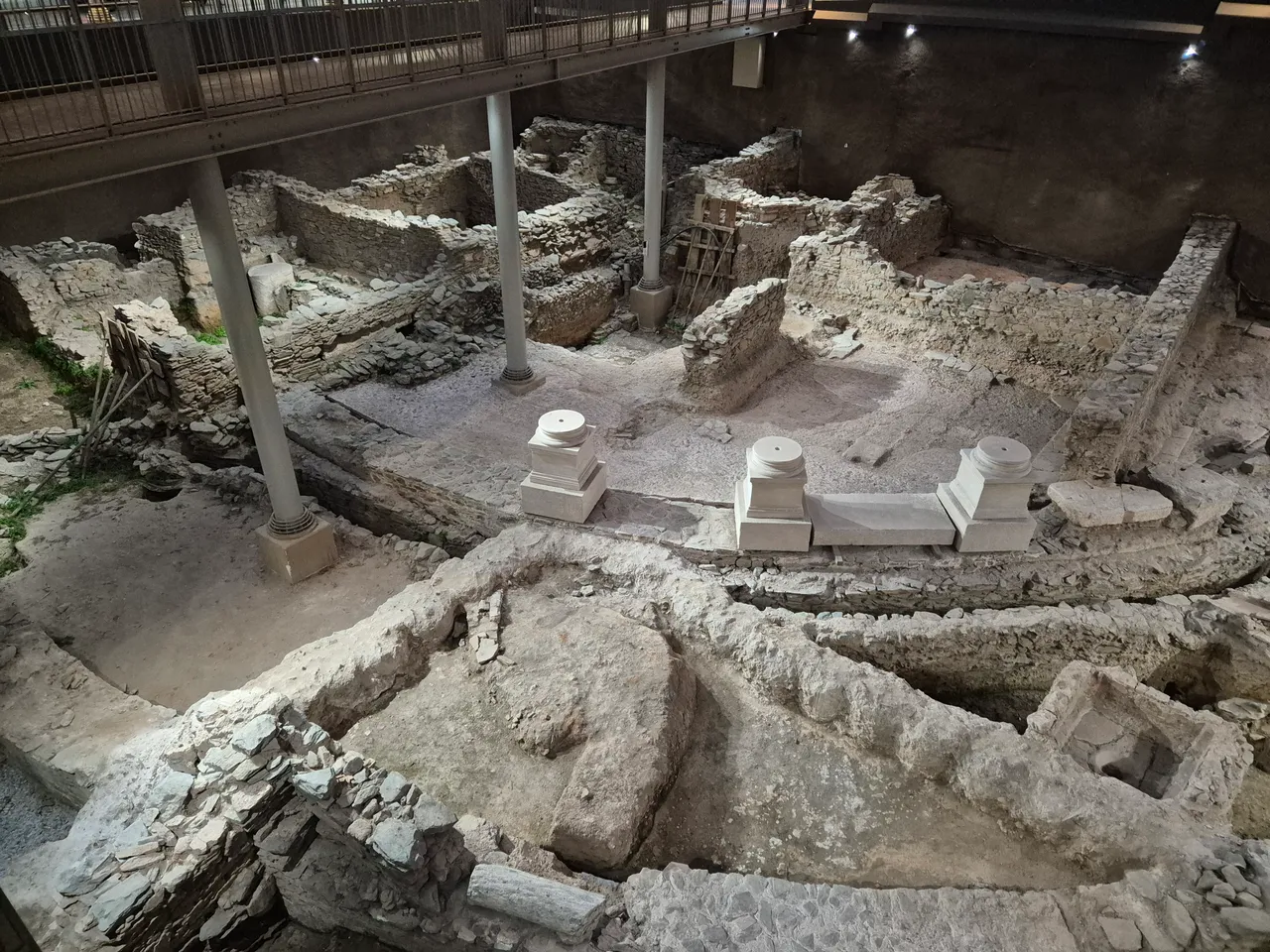
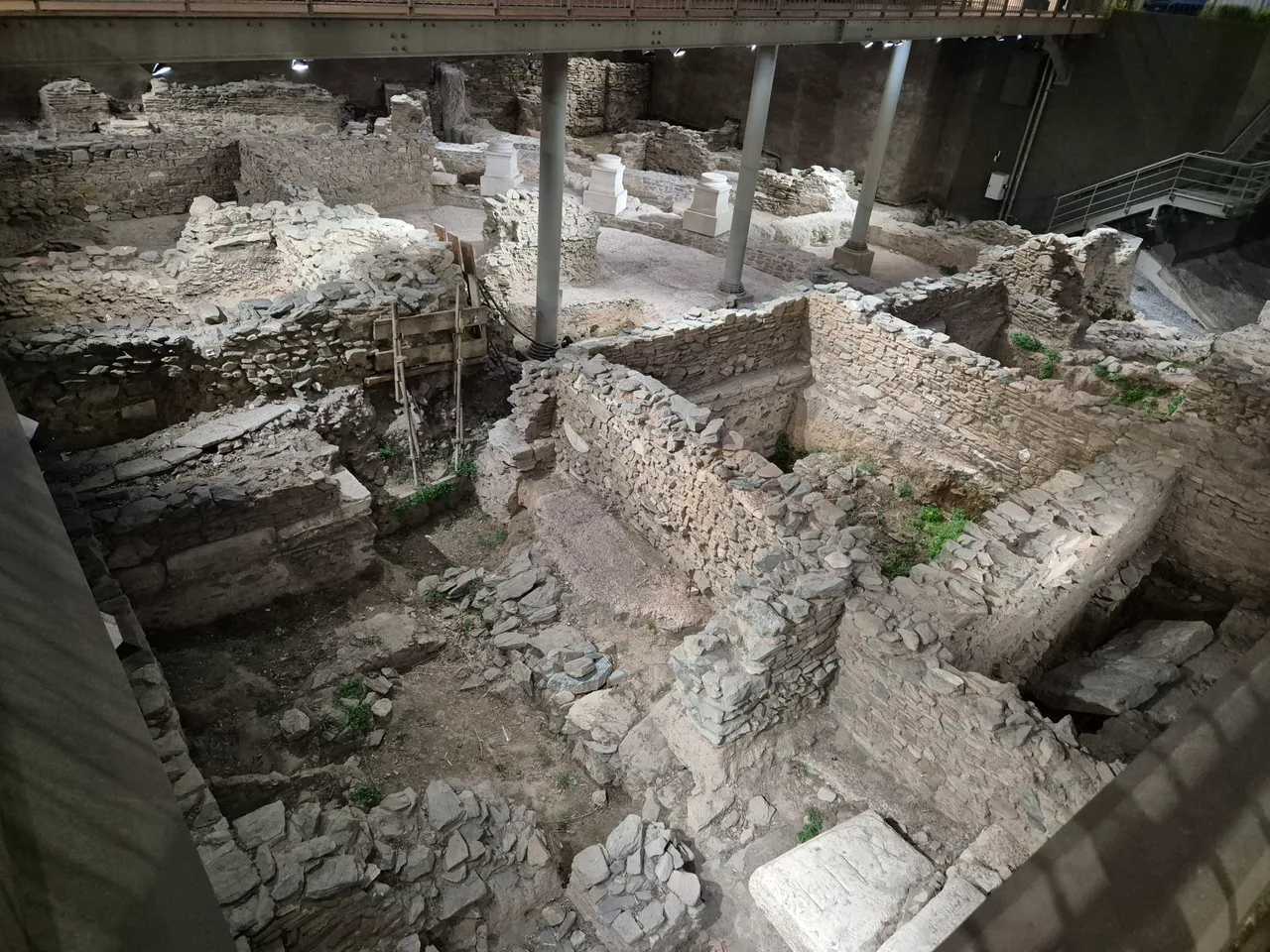
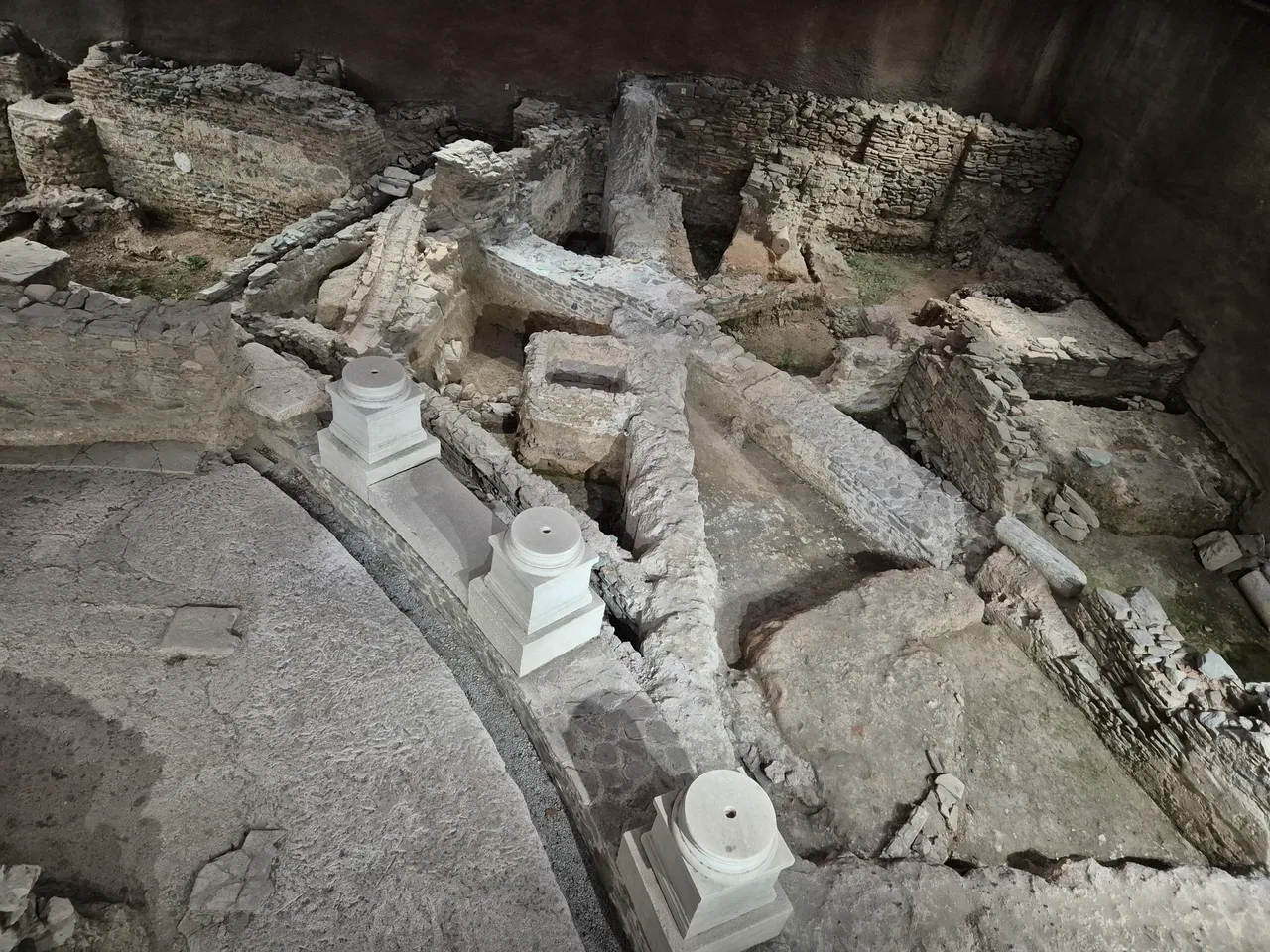
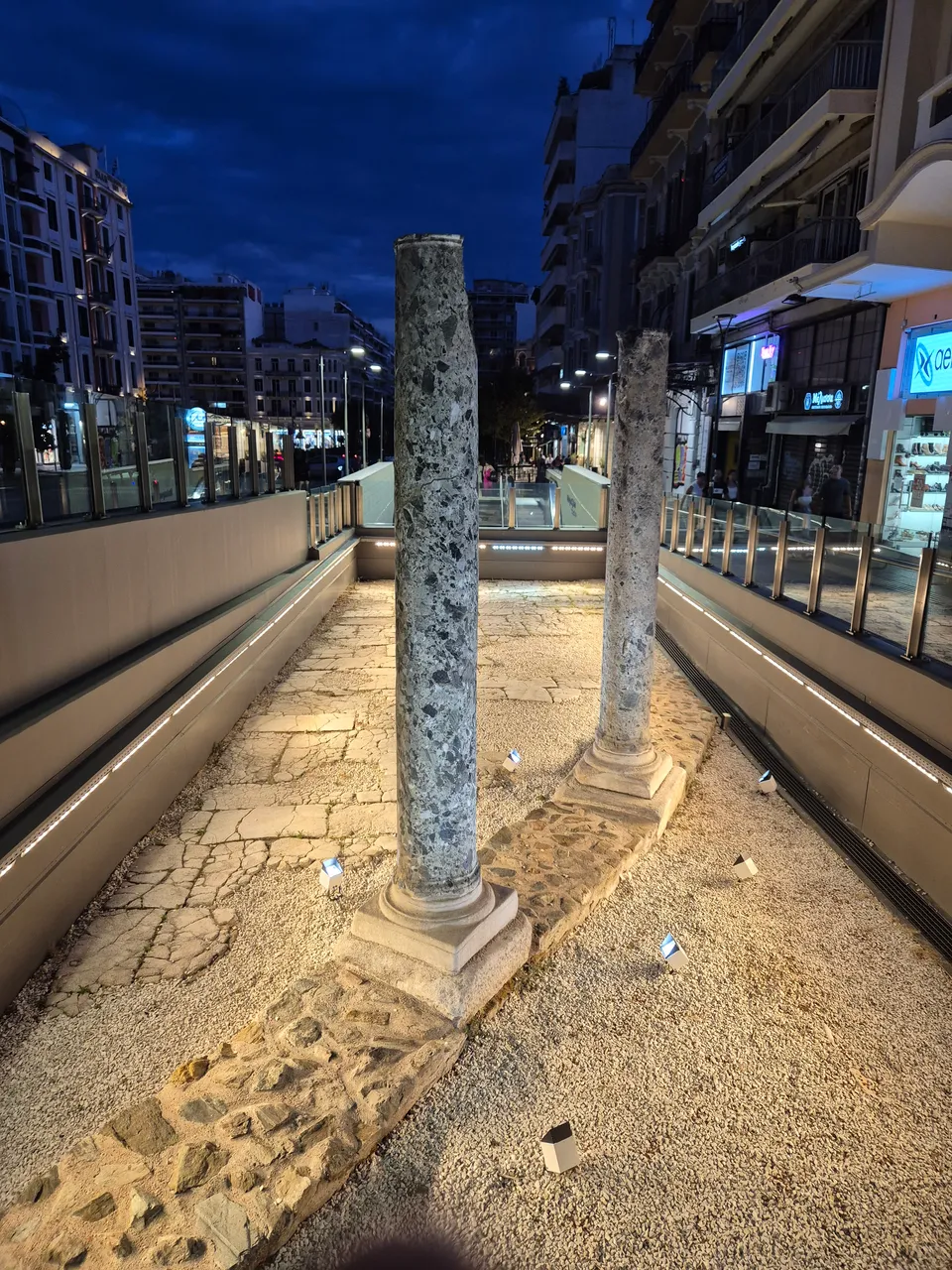
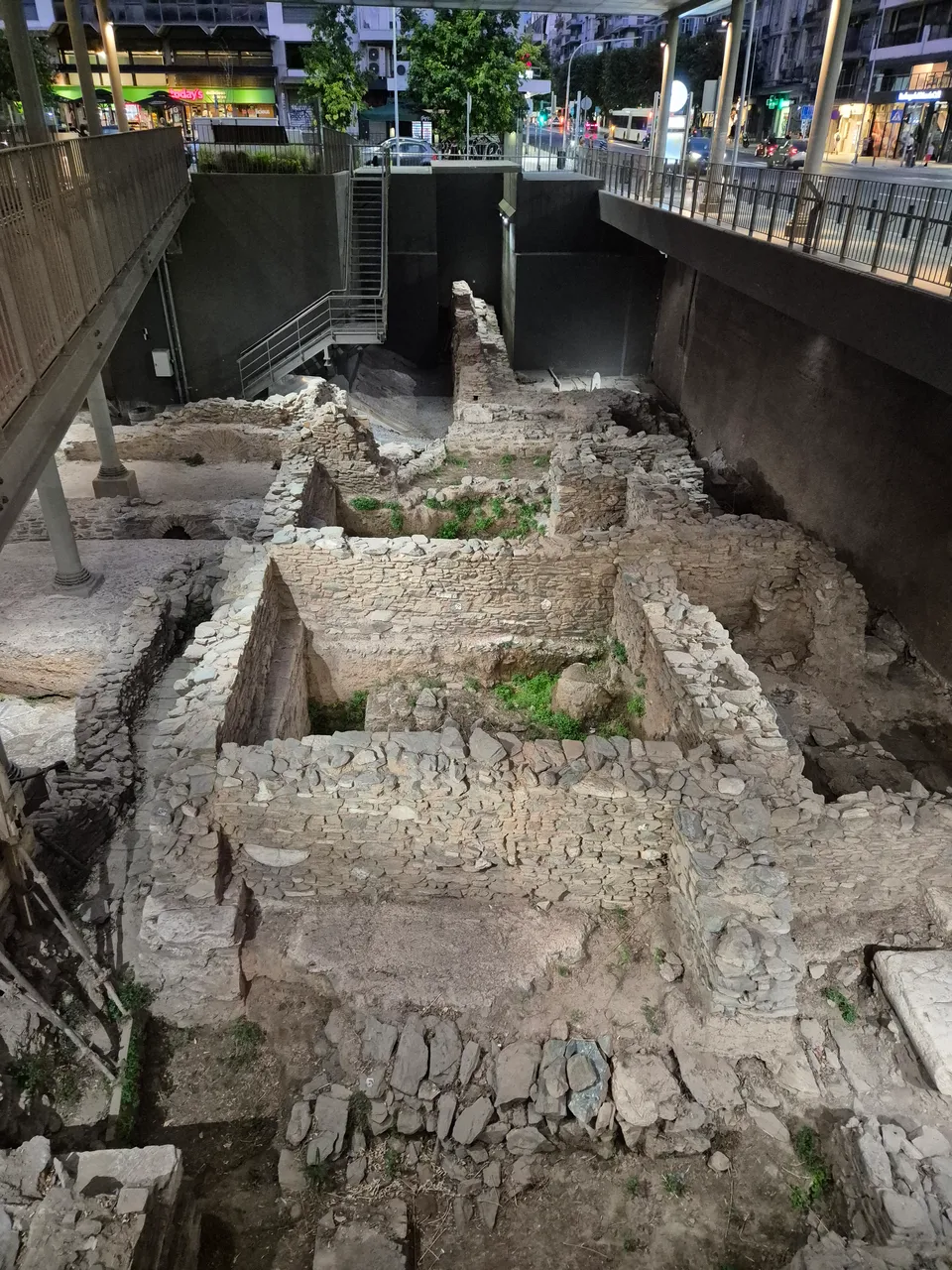
This station is located under the previously exposed archaeological site in the open air, so it is recommended to visit it even if you do not need to enter the metro. And as soon as I entered the subway, at the first stop, I realized how much of a "problem" the rich history of Thessaloniki presented to the builders.
On large posters, pictures of the subway excavation work are shown, and at each of the stations there is a small museum display of exhibits from the time of ancient Greece.

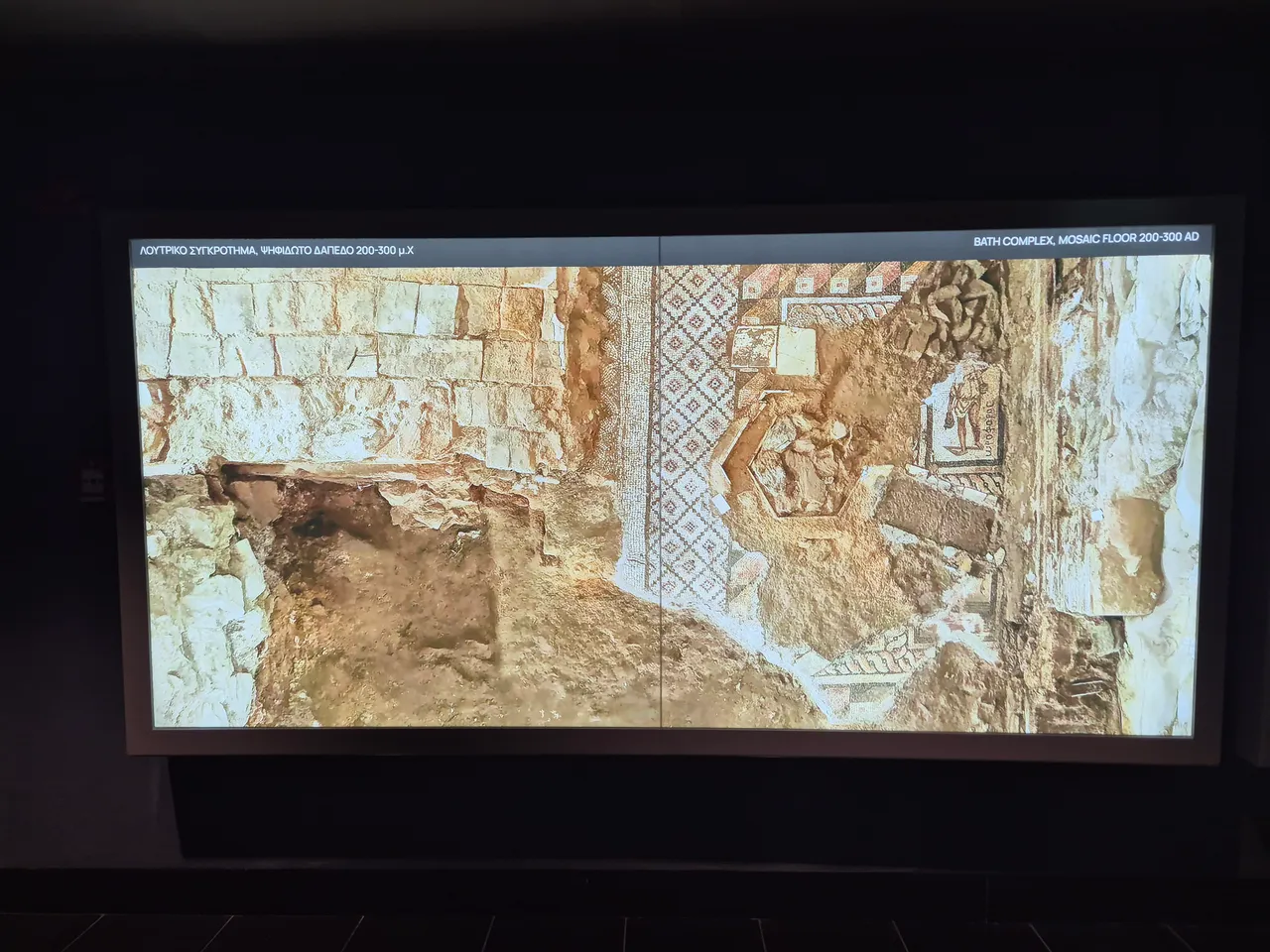
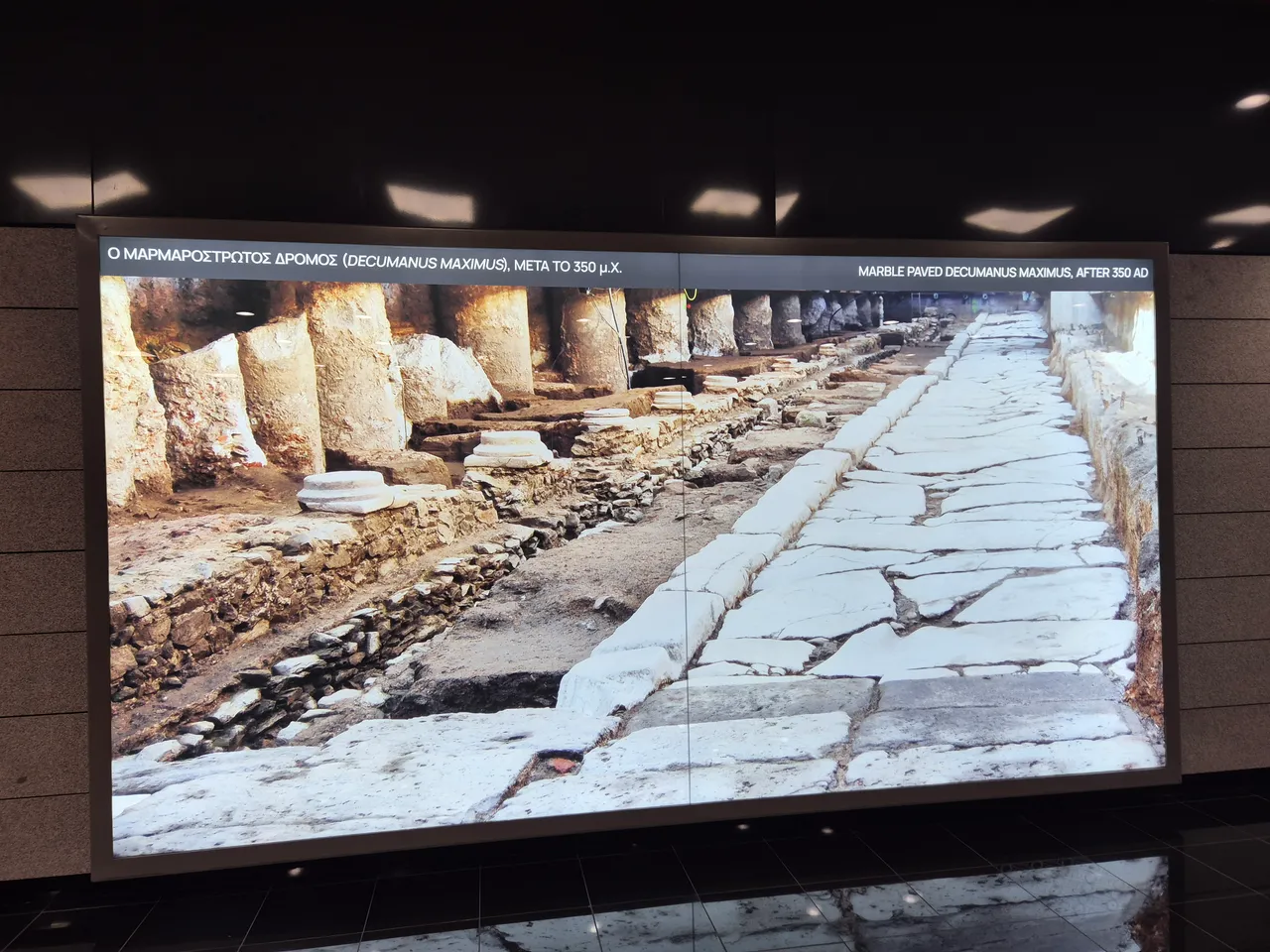



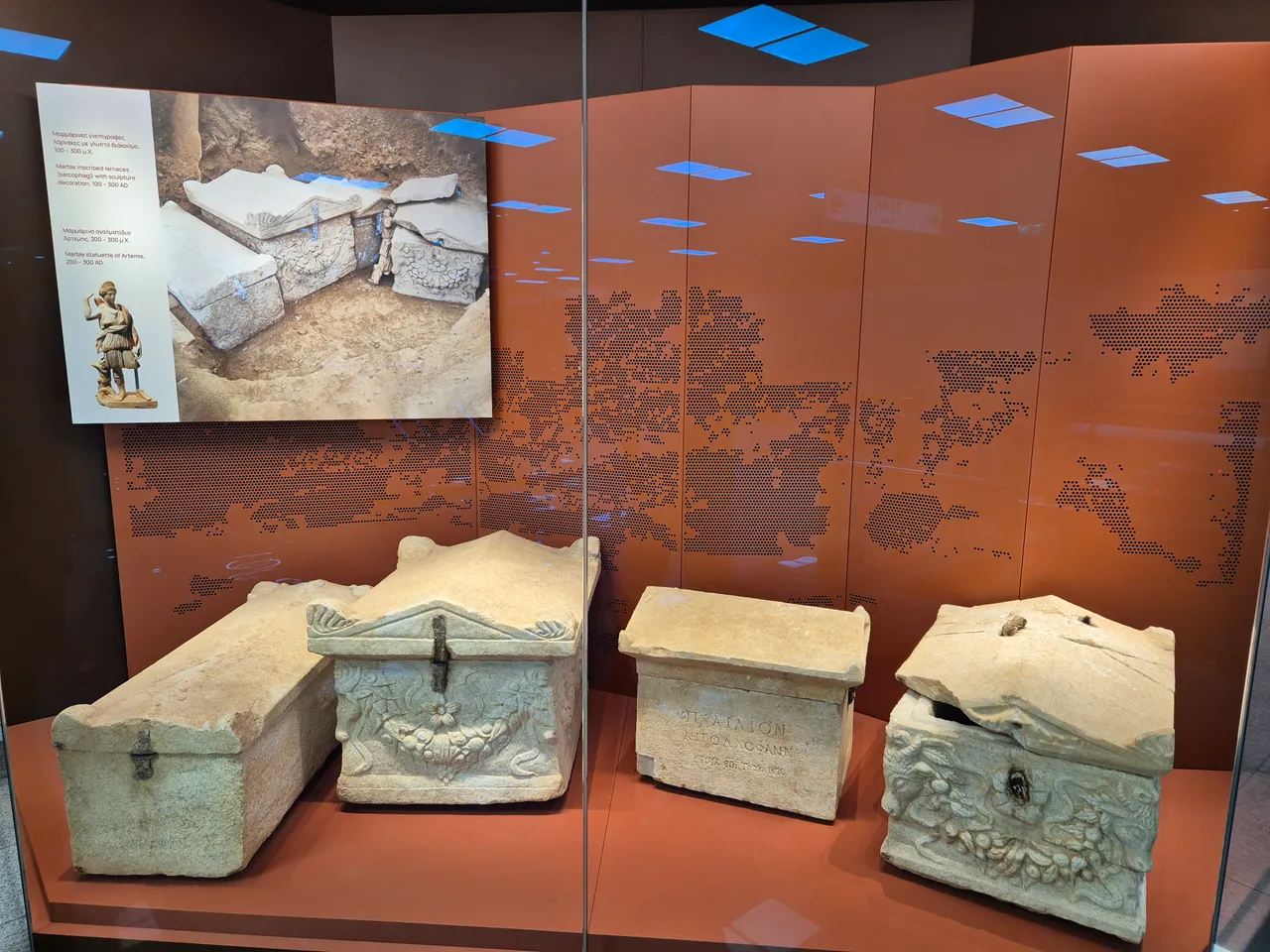
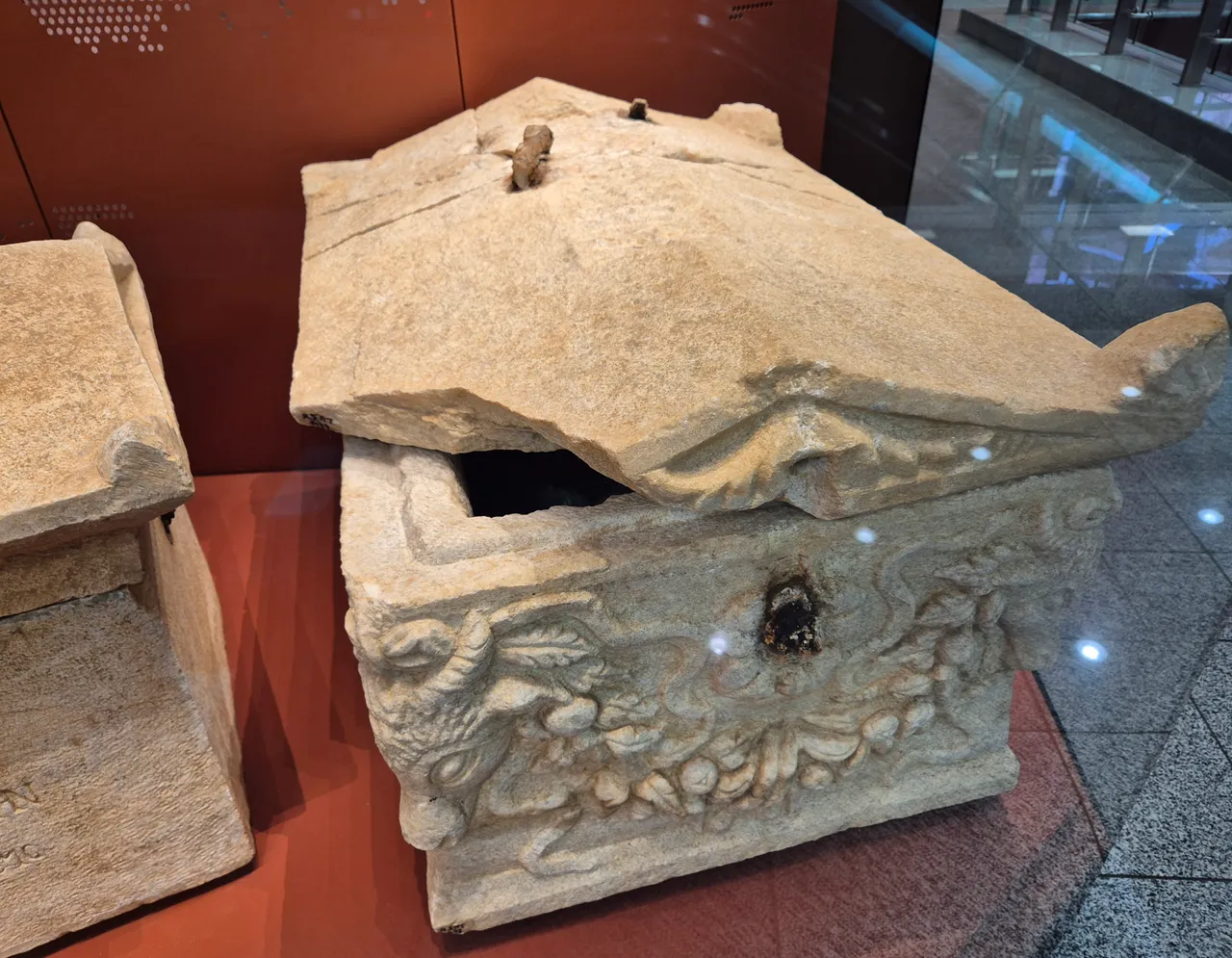
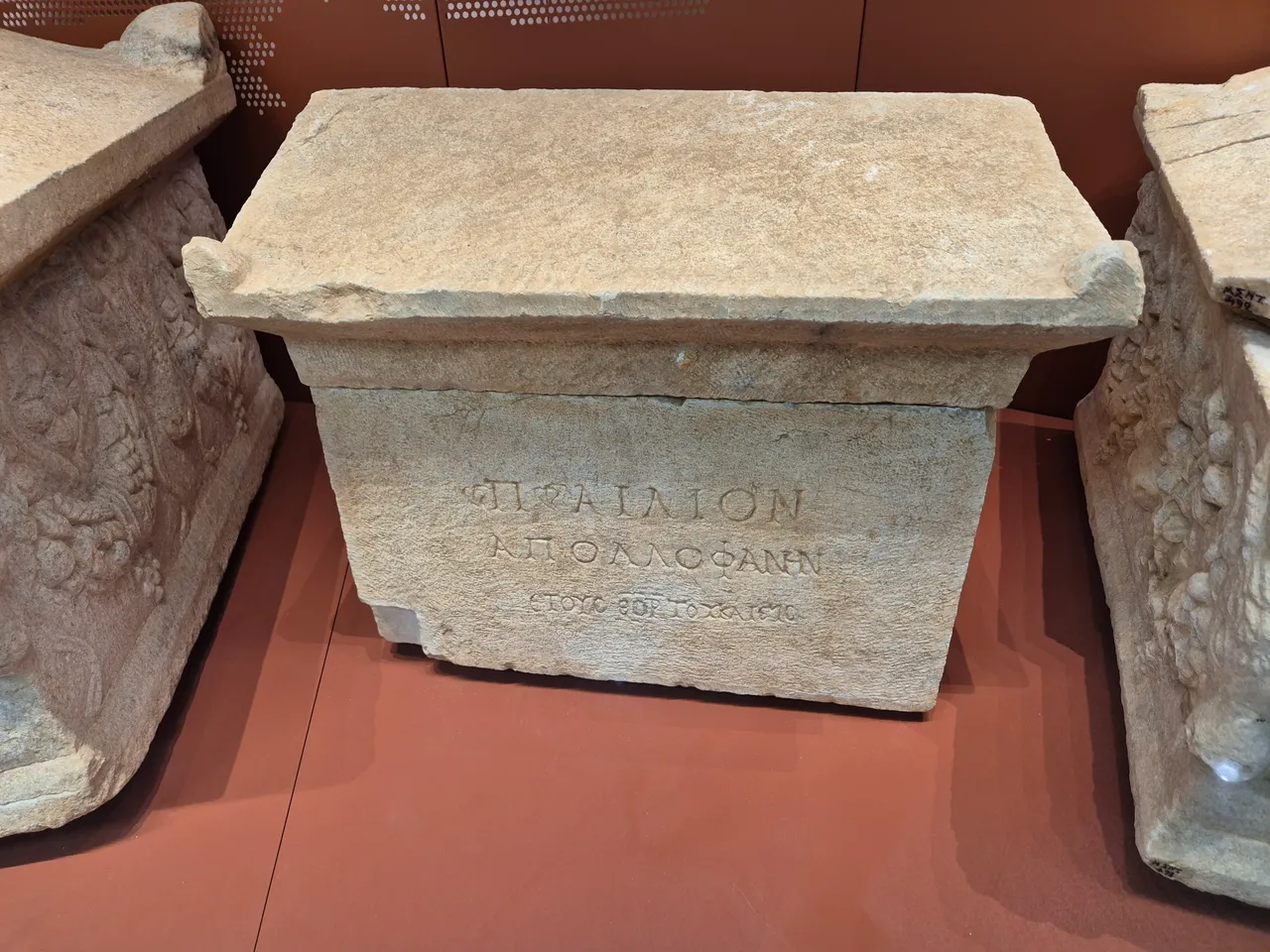
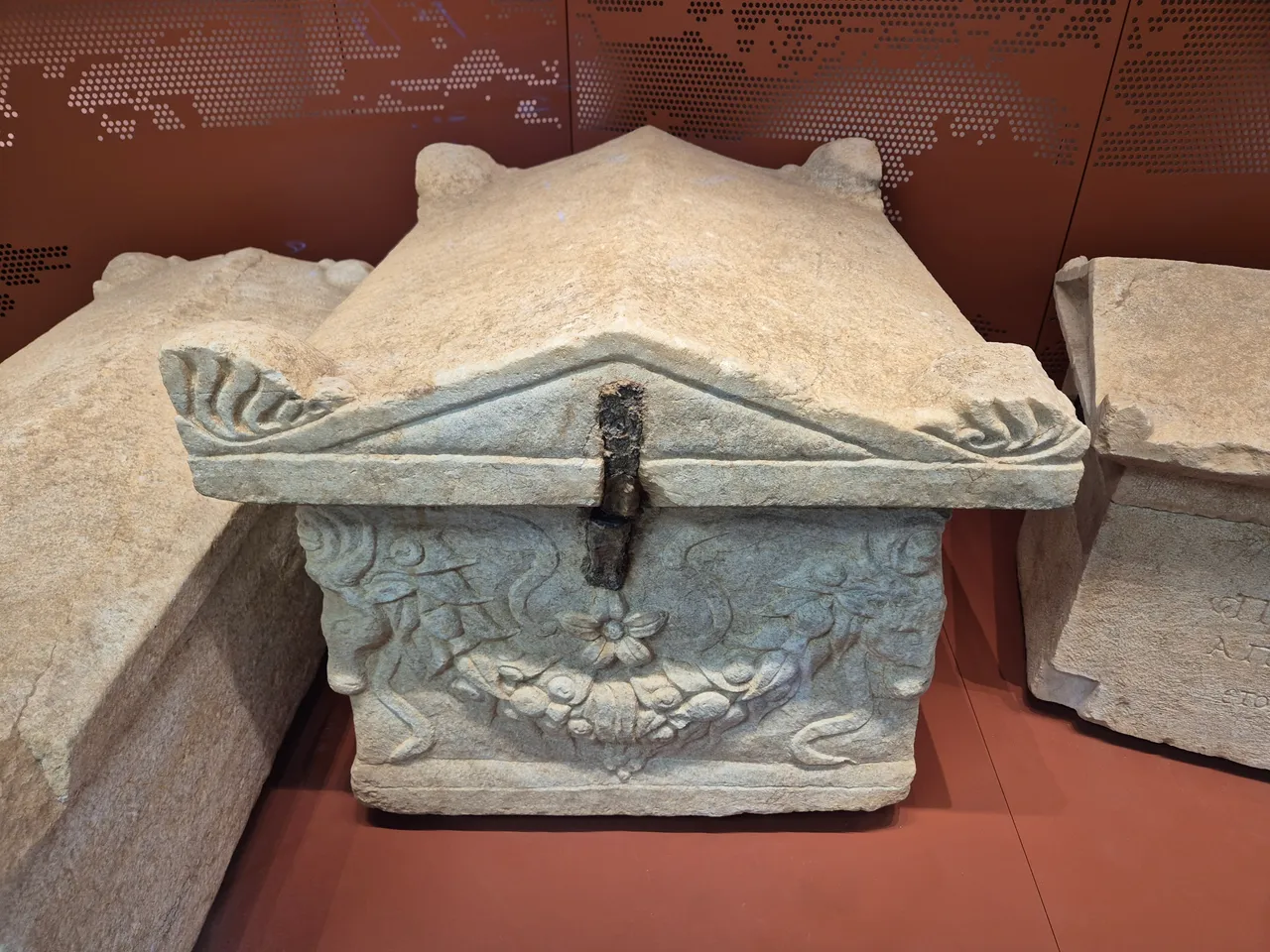




If you thought that this was all that was on display in the Thessaloniki stations, as I thought, you are mistaken. There are not many metro stations in Thessaloniki, and apart from those archaeological objects, tombs and parts of the floor or walls that are exposed, there are not any special points of interest, as for example in the Moscow metro, where every station is like a museum.
In the Thessaloniki Metro, the stations are modern, spacious and not overly interesting (except for the installation of these excavations and notice boards).
Except for one 🏆 Venizelou station.

When you leave the platform and go up the escalators to the surface, you find yourself in a real small underground ancient city.











I have never seen such excavations from the ancient period in my life, and they are located at a depth of more than 15 meters, under the busy Egnatia street, between the two entrances to the metro station.

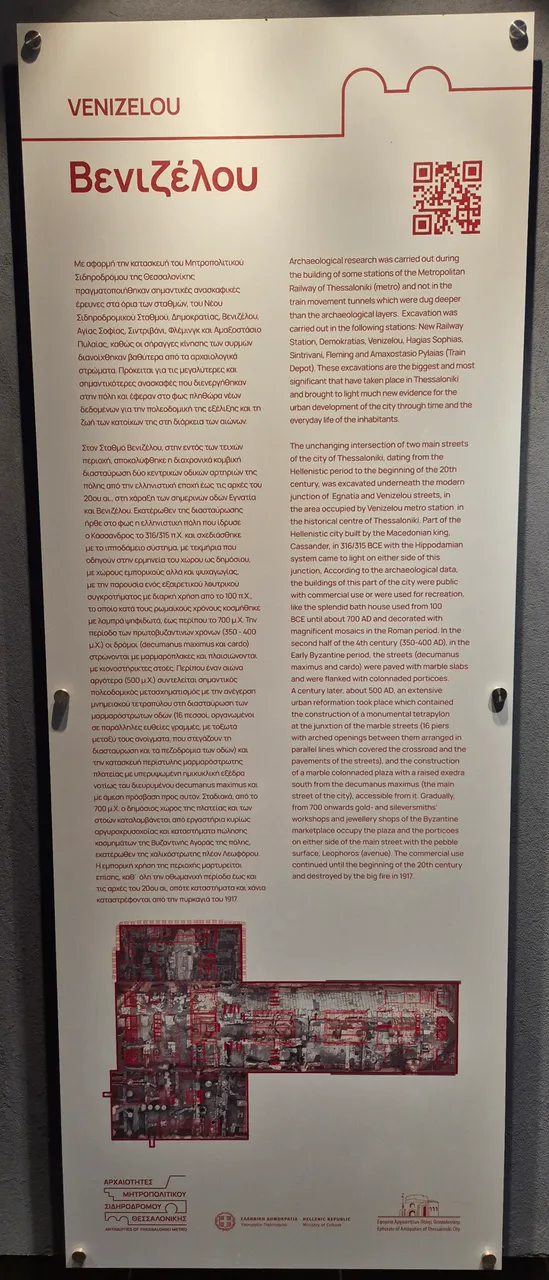


Those who are not in a hurry, have the opportunity to learn about the history of this locality through interactive monitors and to enjoy the view of the plateaus, columns and walls that once adorned the buildings of Thessaloniki.




They are placed so close that on the stone and brick walls you can see every furrow that is several millennia old, and if no one is around, you can even touch it (I'm not sure how forbidden it is, it probably is, but I didn't see a sign explaining it anywhere, in the language I know 🙂 ).

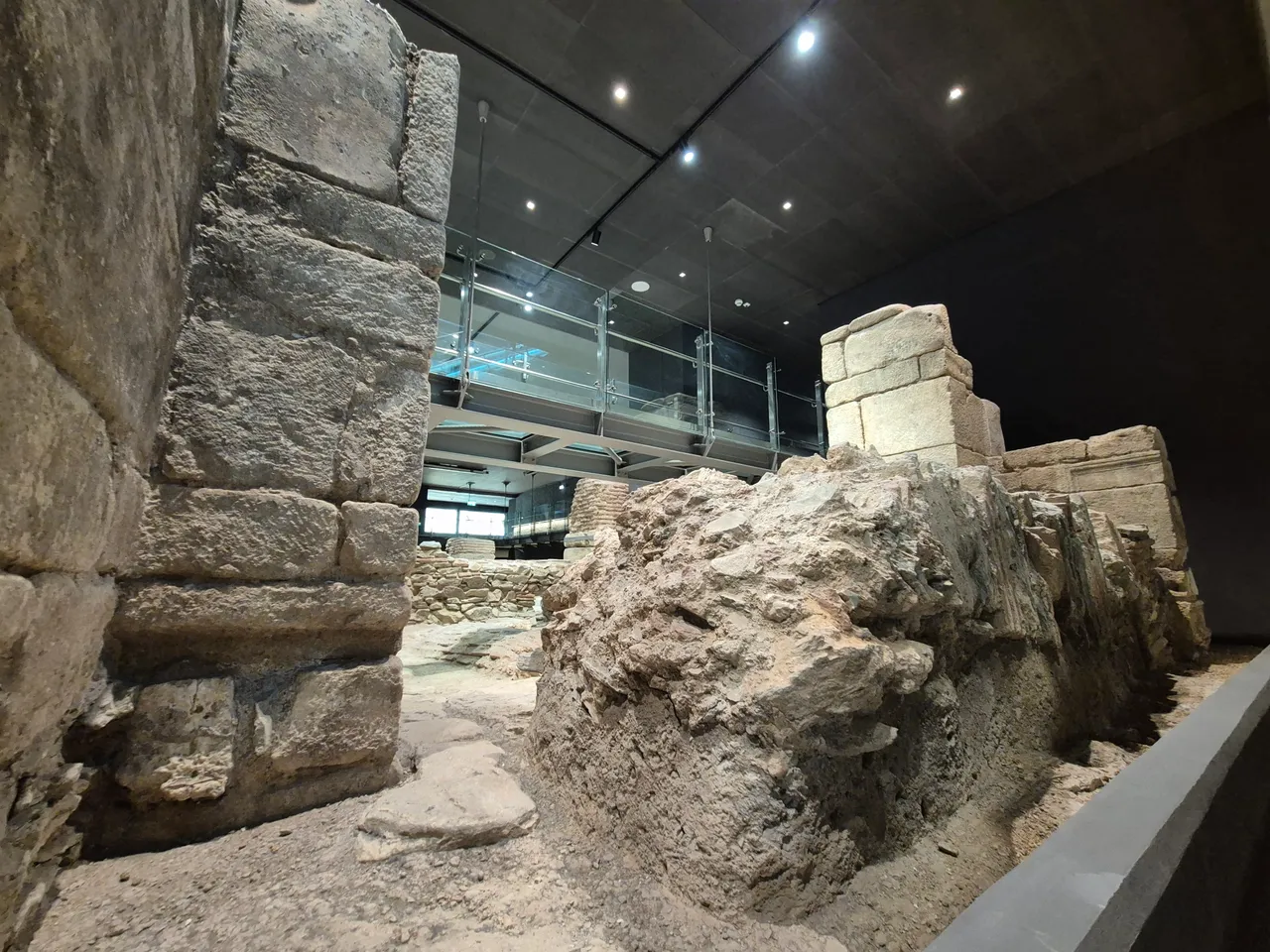
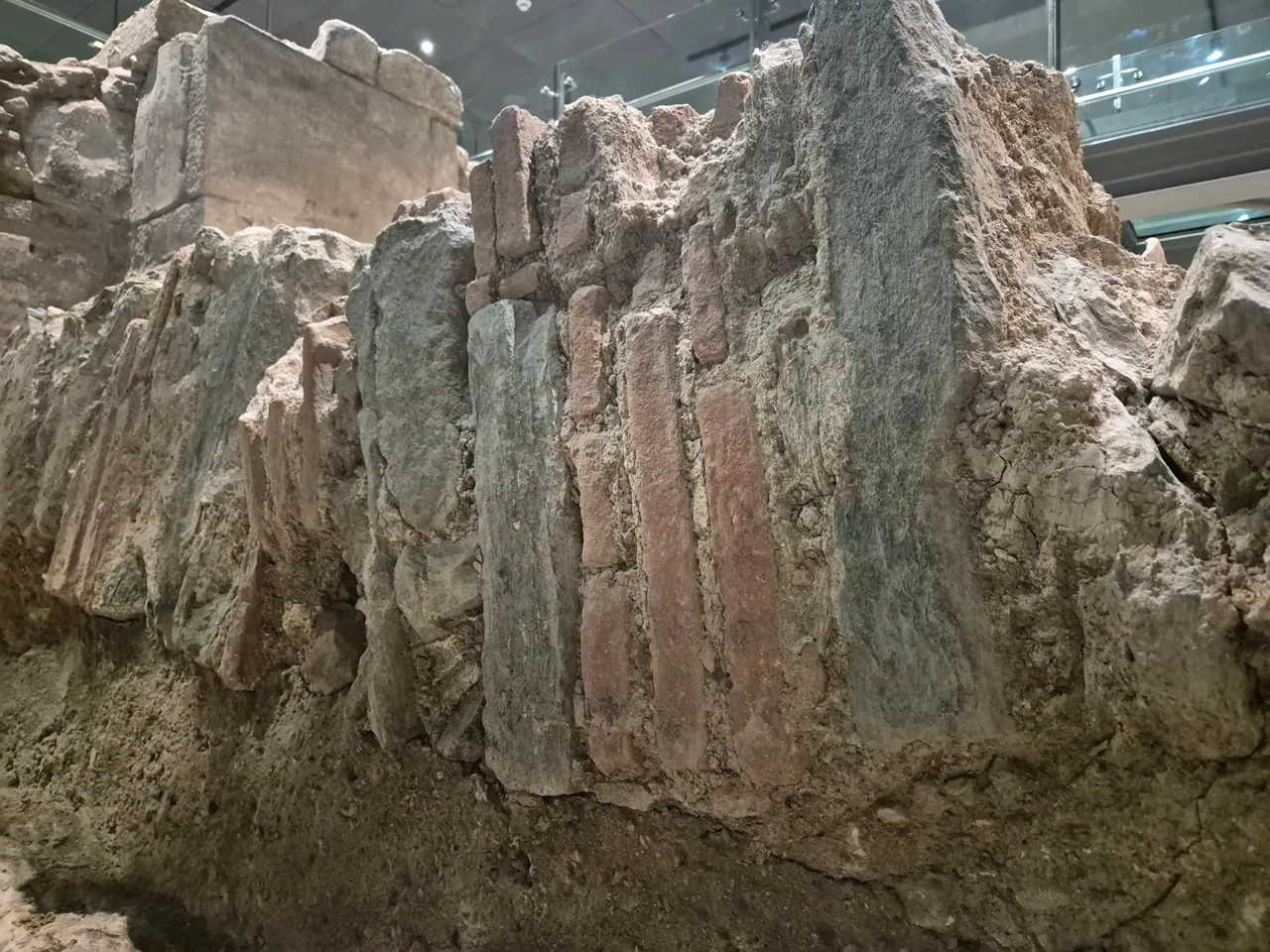

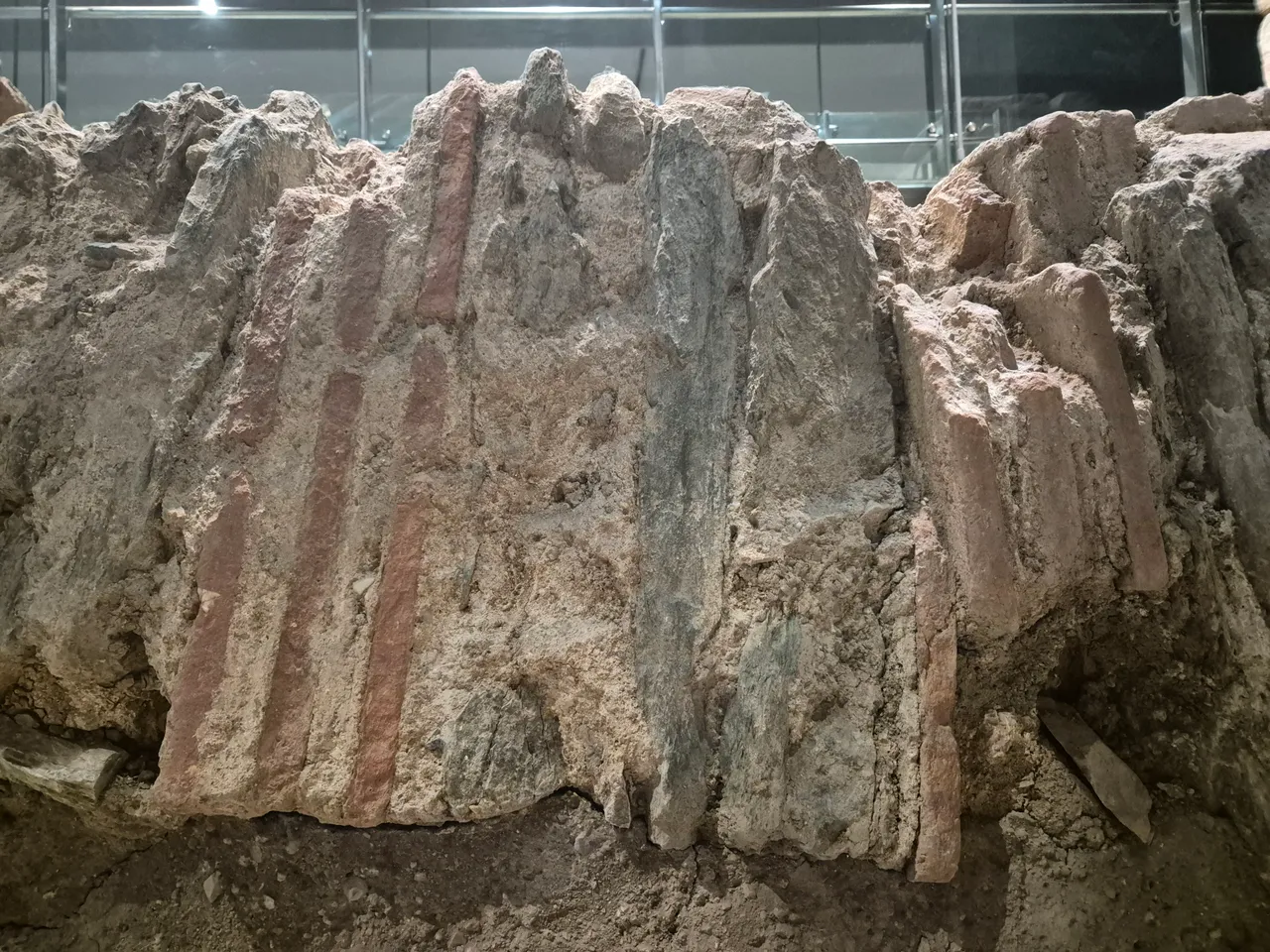

I walked on the glass platforms, photographed the underground ancient city from all angles and after this short but very interesting tour, took the metro to the final destination - Agia Sofia Station and to the surface, to the modern age.






The video I made seemed to me like a trip in a time machine, where in a few minutes, from the ancient times, I crossed the millennia and went to the present day.
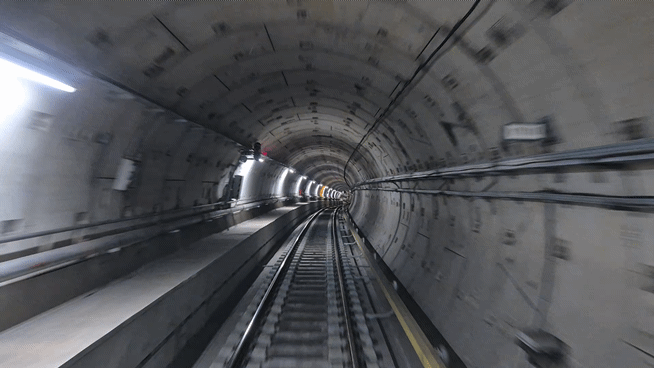
On the way, I stopped at a glass display case that represents the periods of the mentioned societies in the most beautiful form, from the Hellenic, through the Roman, Byzantine, Ottoman and finally the modern era.



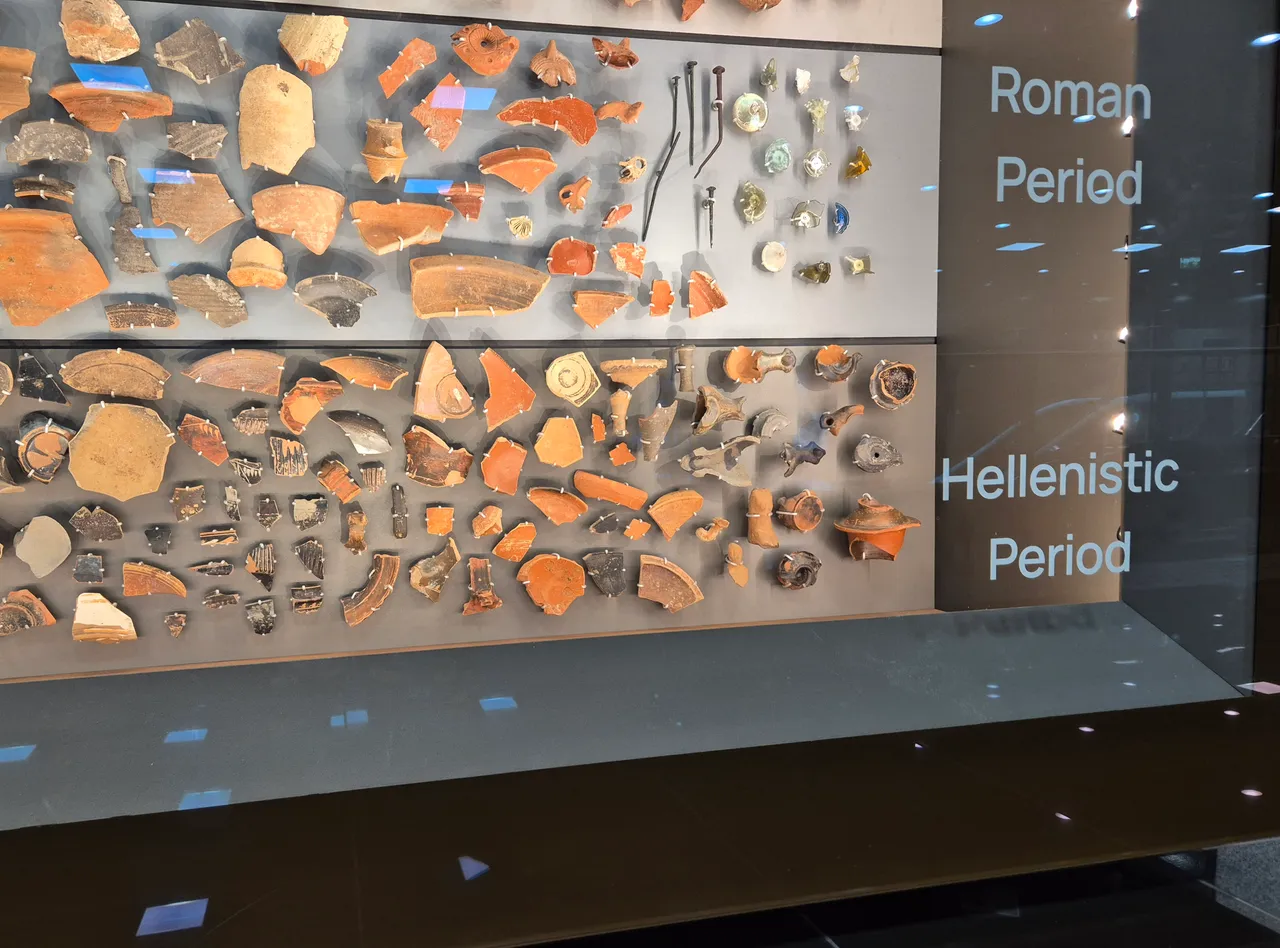
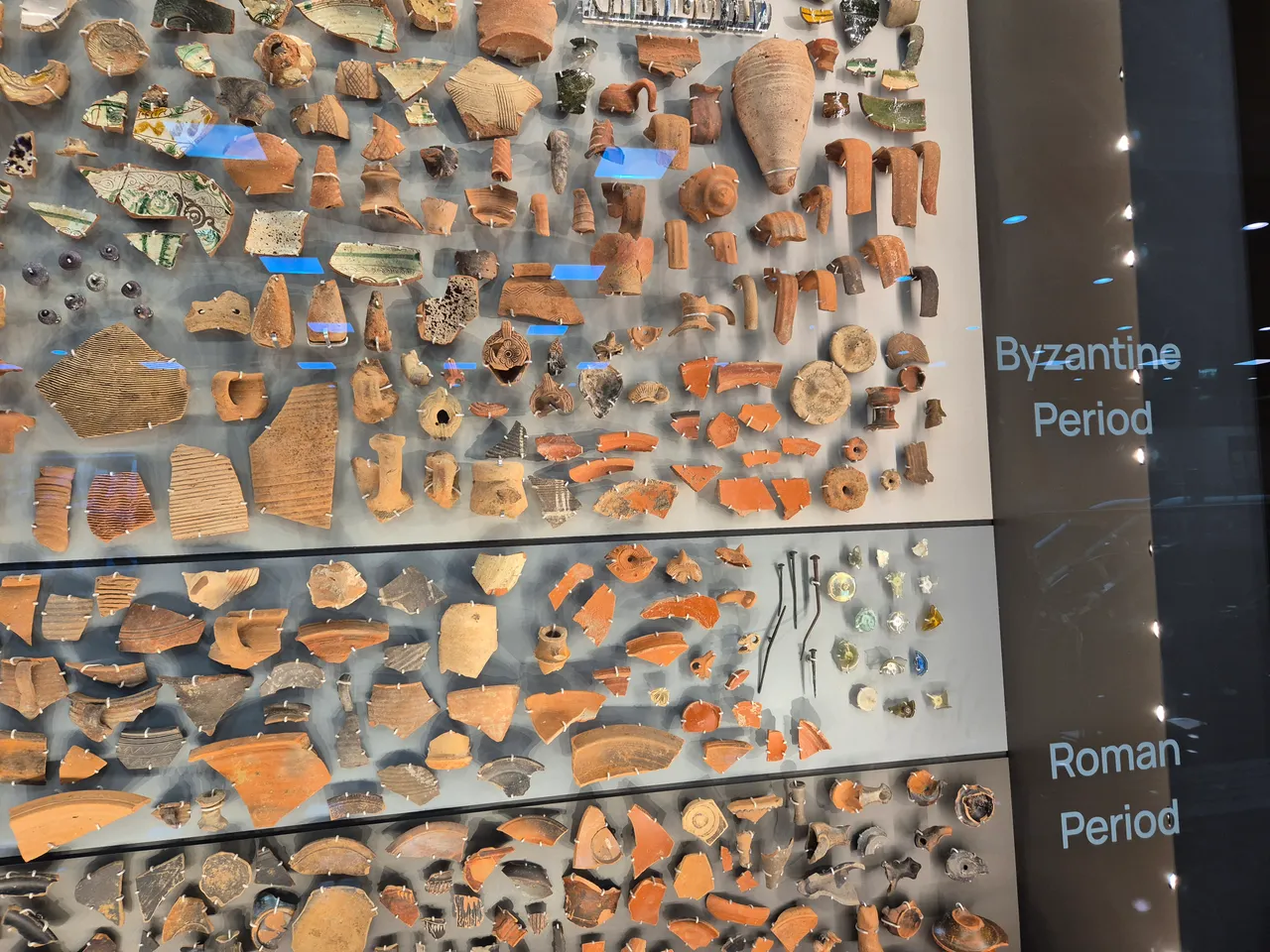
<img src="https://images.ecency.com/p/2FFvzA2zeqoVPgRCnRzbu6rj6tCWHWVCA9ZaKB4ZpkZkRV8R8gtLLd12tMiT37tDR8M9